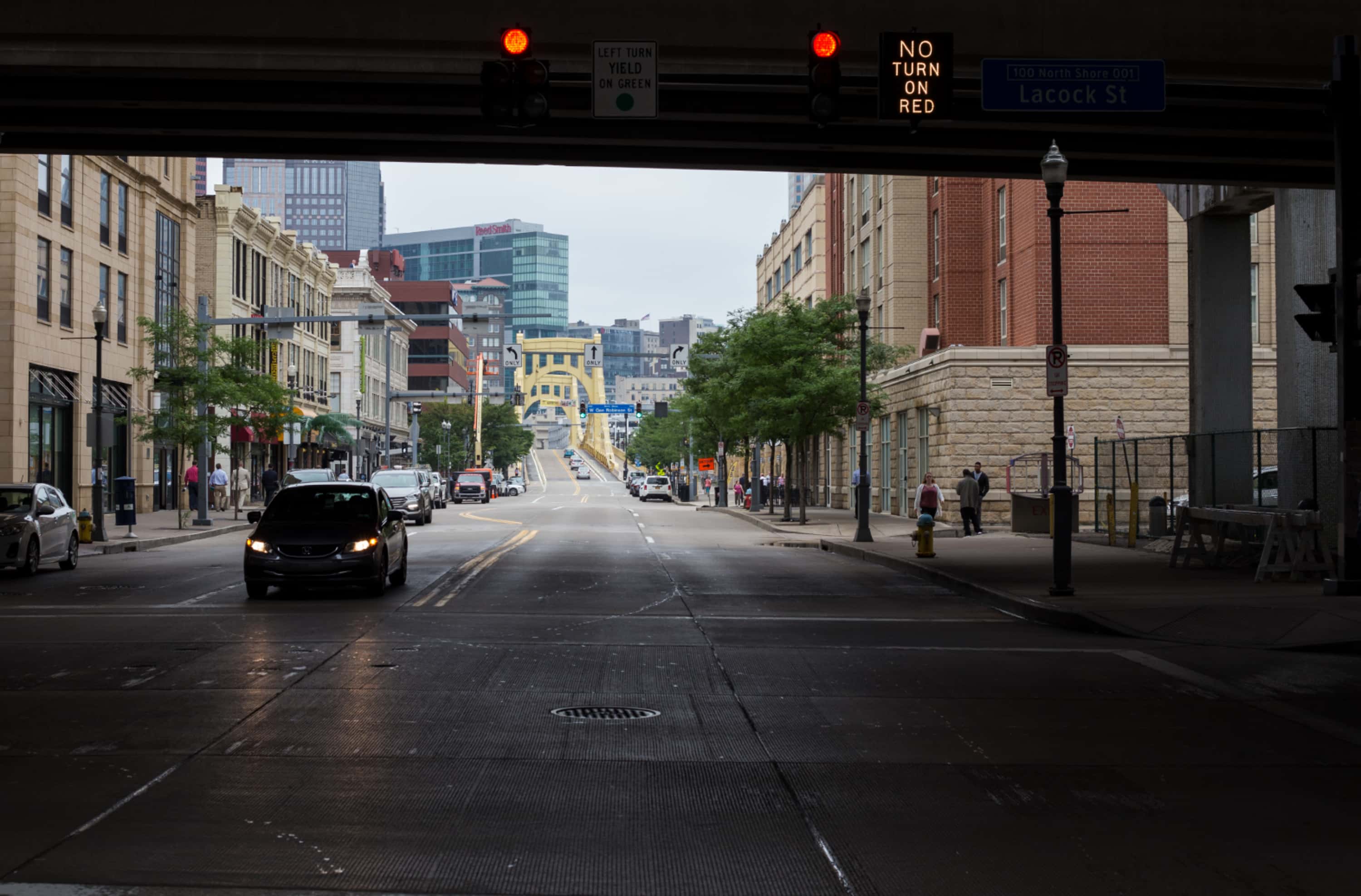
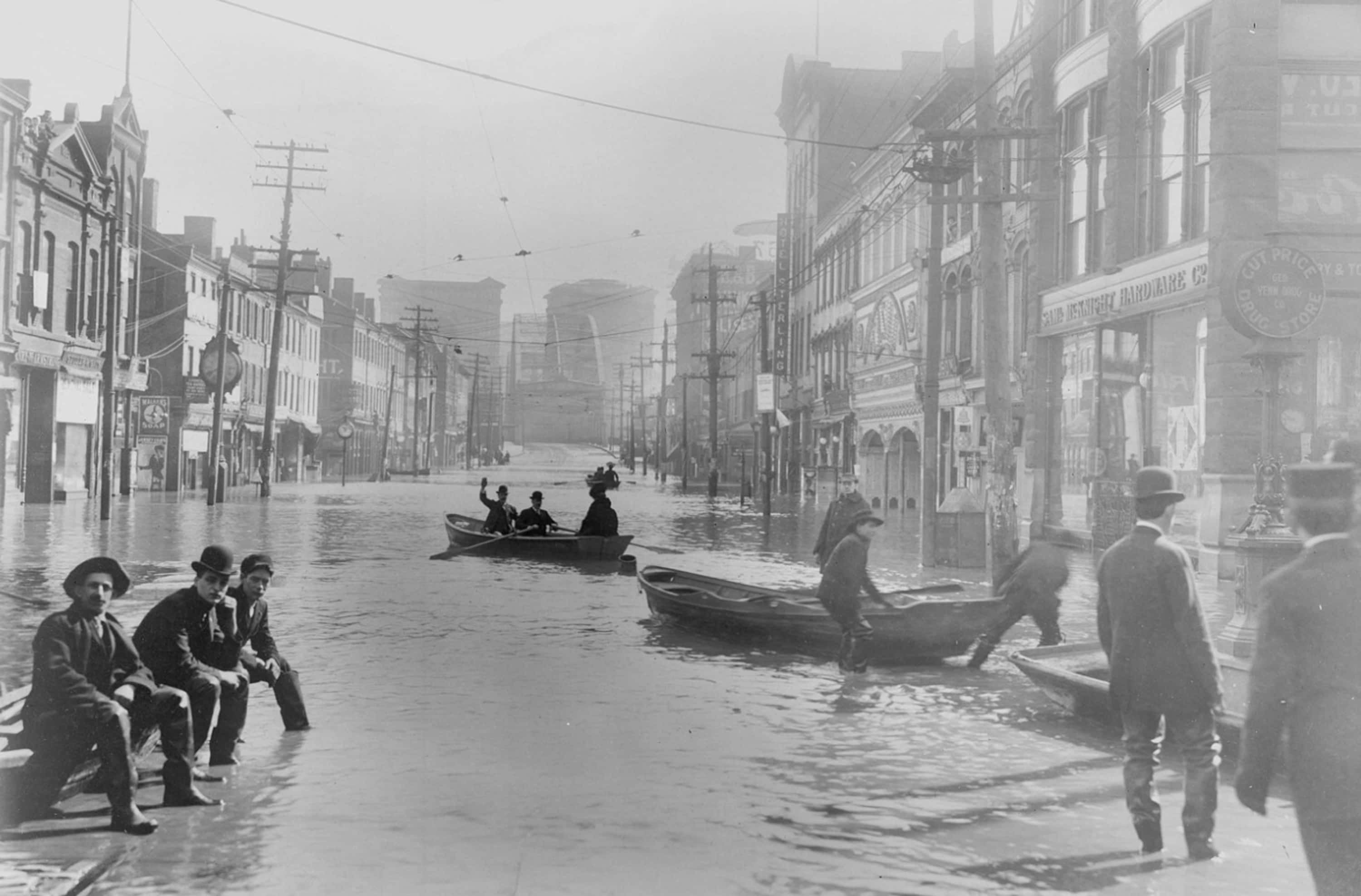
Federal Street flood
GREATEST FLOOD IN HISTORY MAKES THOUSANDS SUFFER WHILE PROPERTY DAMAGE AMOUNTS TO MILLIONS; CITIES IN DARKNESS
That’s the headline that greeted readers of The Pittsburgh Post on the morning of Friday, March 15, 1907 — the date this photo was taken.
“Looking from the offices of the weather bureau on the top of the Farmers bank building it seems as though thousands of homes, buildings, manufacturing plants and institutions are afloat on a big stagnant pond,” the Daily Post wrote.
In the months after this historic flood, the city photographer captured dozens of photos documenting the improvement to the North Side flood district. And it seems the street raising helped the area — the phrase “North Side flood district” has rarely appeared in Pittsburgh newspapers since the 1930s.
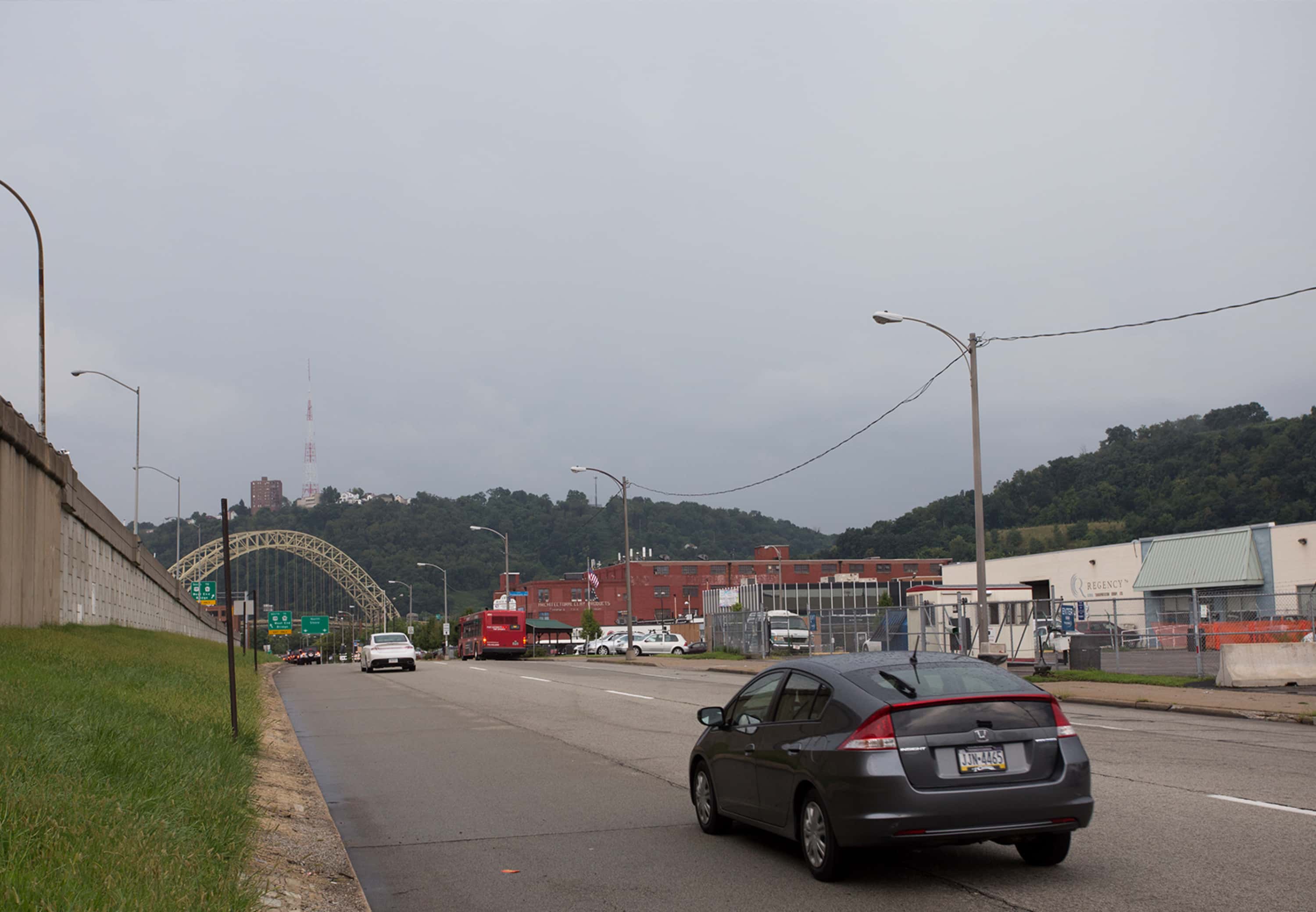
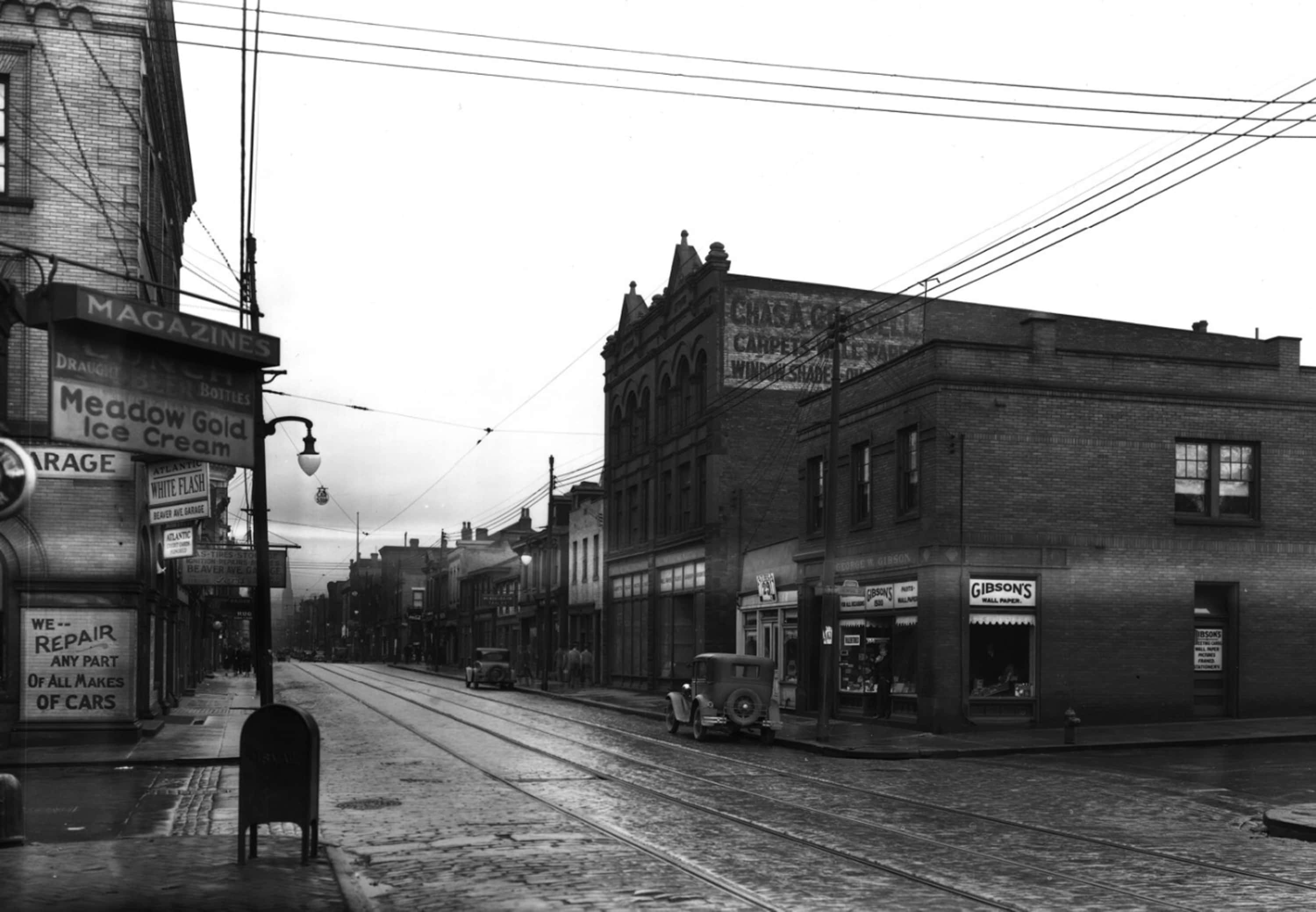
Beaver Avenue at Liverpool Street
The North Shore: Home to PNC Park, Heinz Field, Carnegie Science Center and Rivers Casino. Right? Wrong.
Two of those attractions, the casino and science center, aren’t on the North Shore at all — they’re located in the mysterious neighborhood of Chateau.
The lack of awareness of Chateau is understandable, considering only a handful of people live in the neighborhood. The 2000 census counted 39 residents, but in 2006, the Post-Gazette found just five homes in the entire neighborhood.
When this photo was taken in 1935, the city photographer correctly identified the neighborhood as Manchester. Chateau wouldn’t arrive until the 1960s when Route 65 sliced through the North Side neighborhood, separating it into Manchester and Chateau.
A satellite view of the two neighborhoods today shows the effects of the highway — the residential neighborhood of Manchester on one side, with the parking lots and warehouses of Chateau on the other.

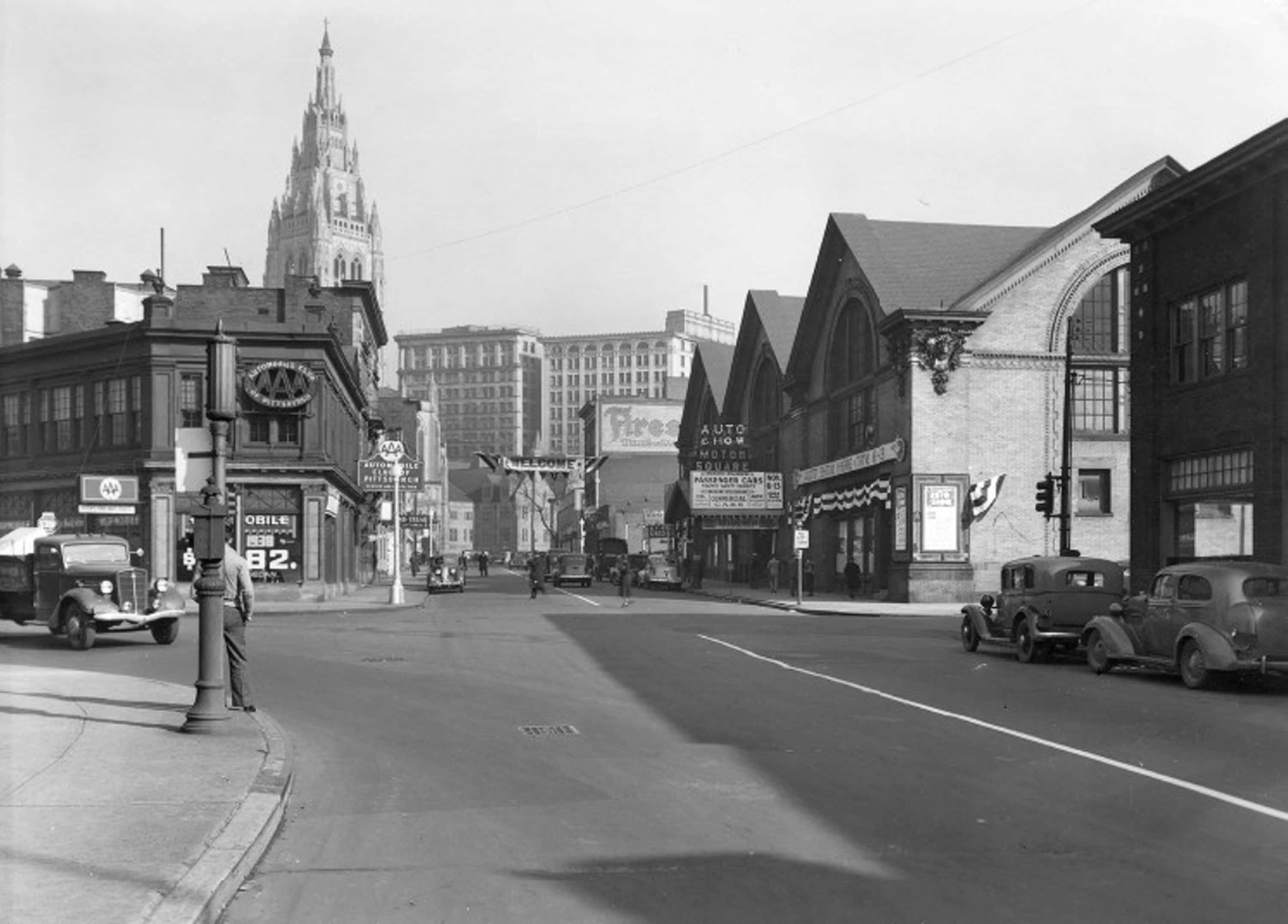
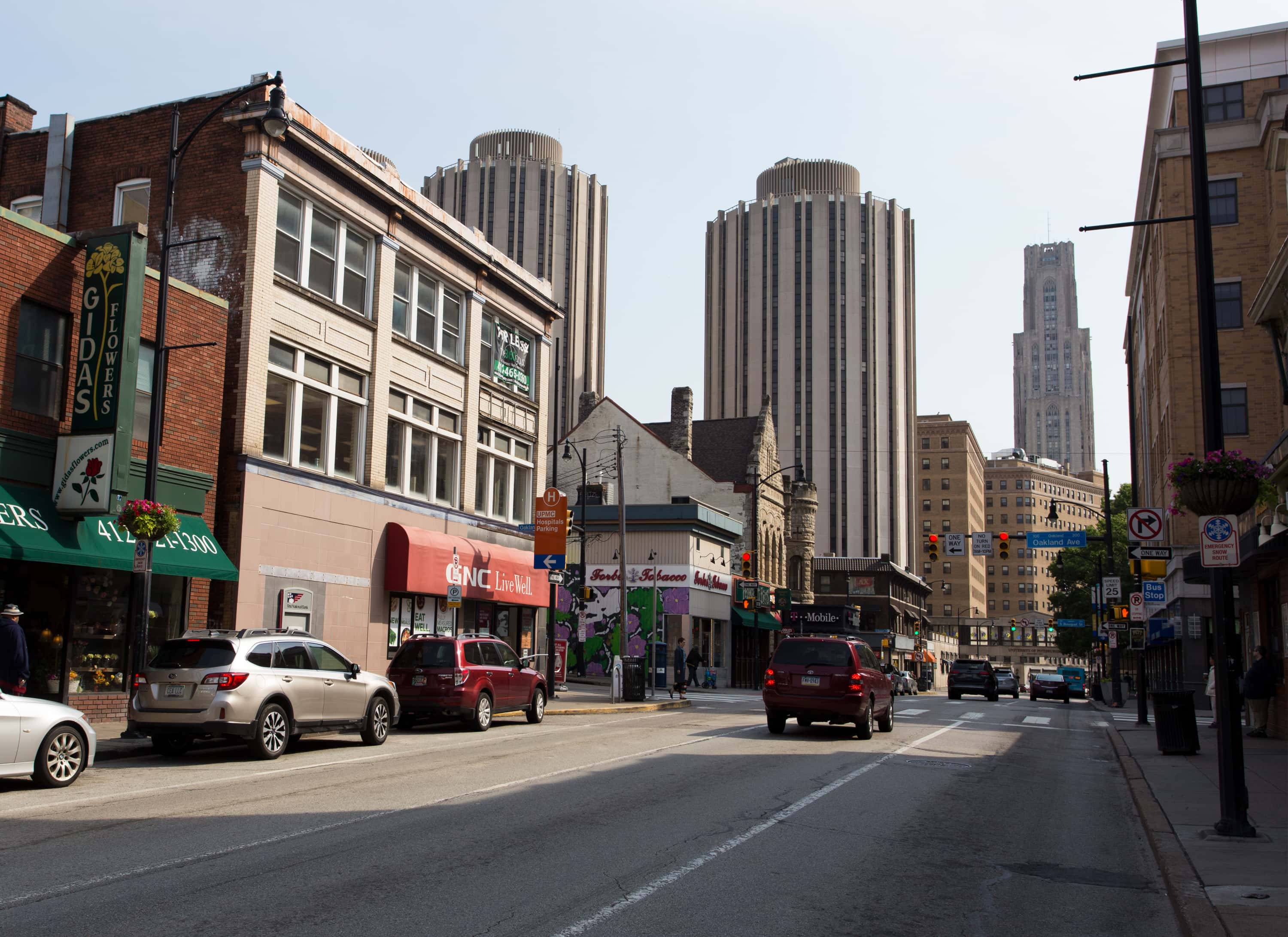
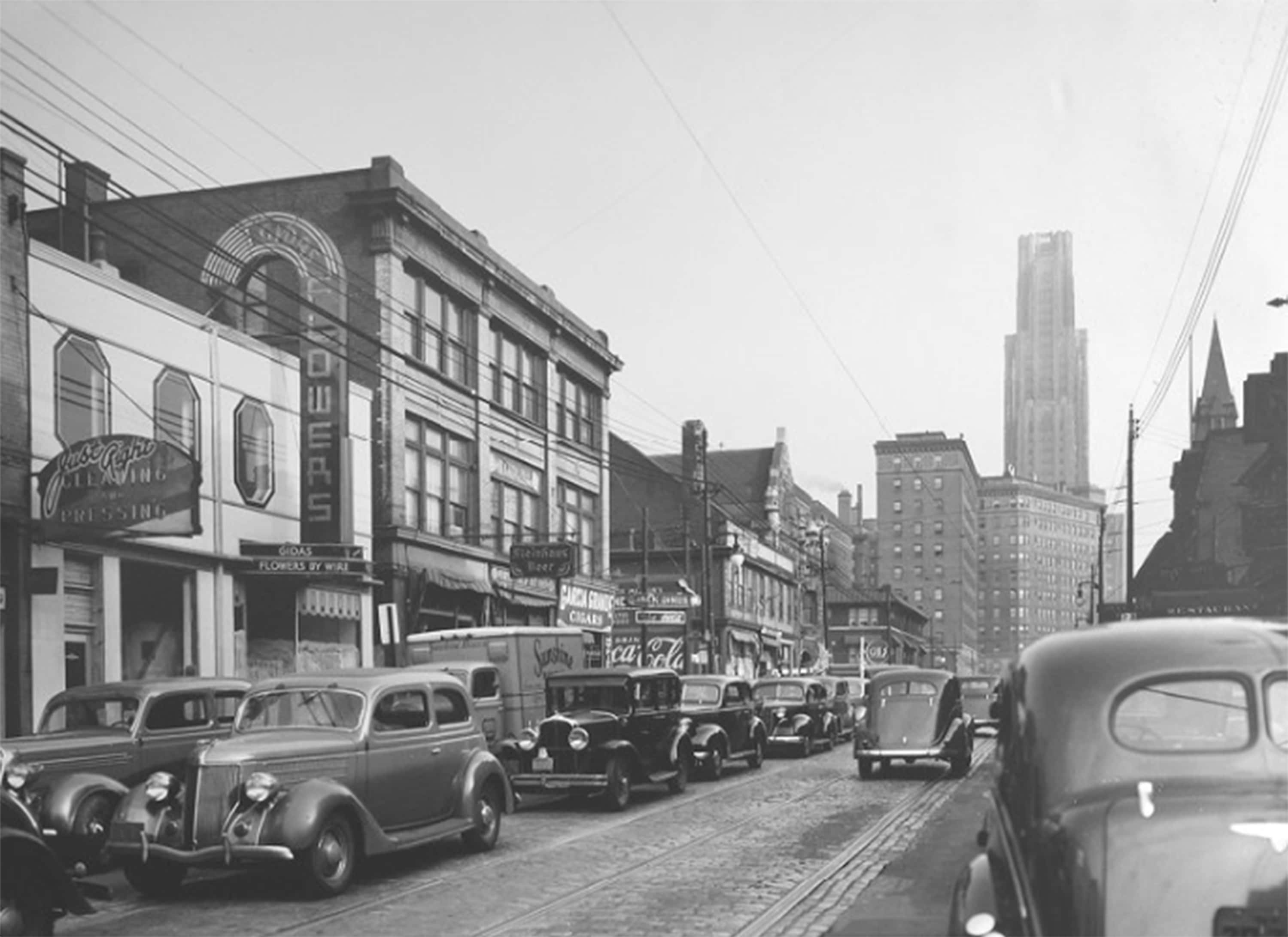
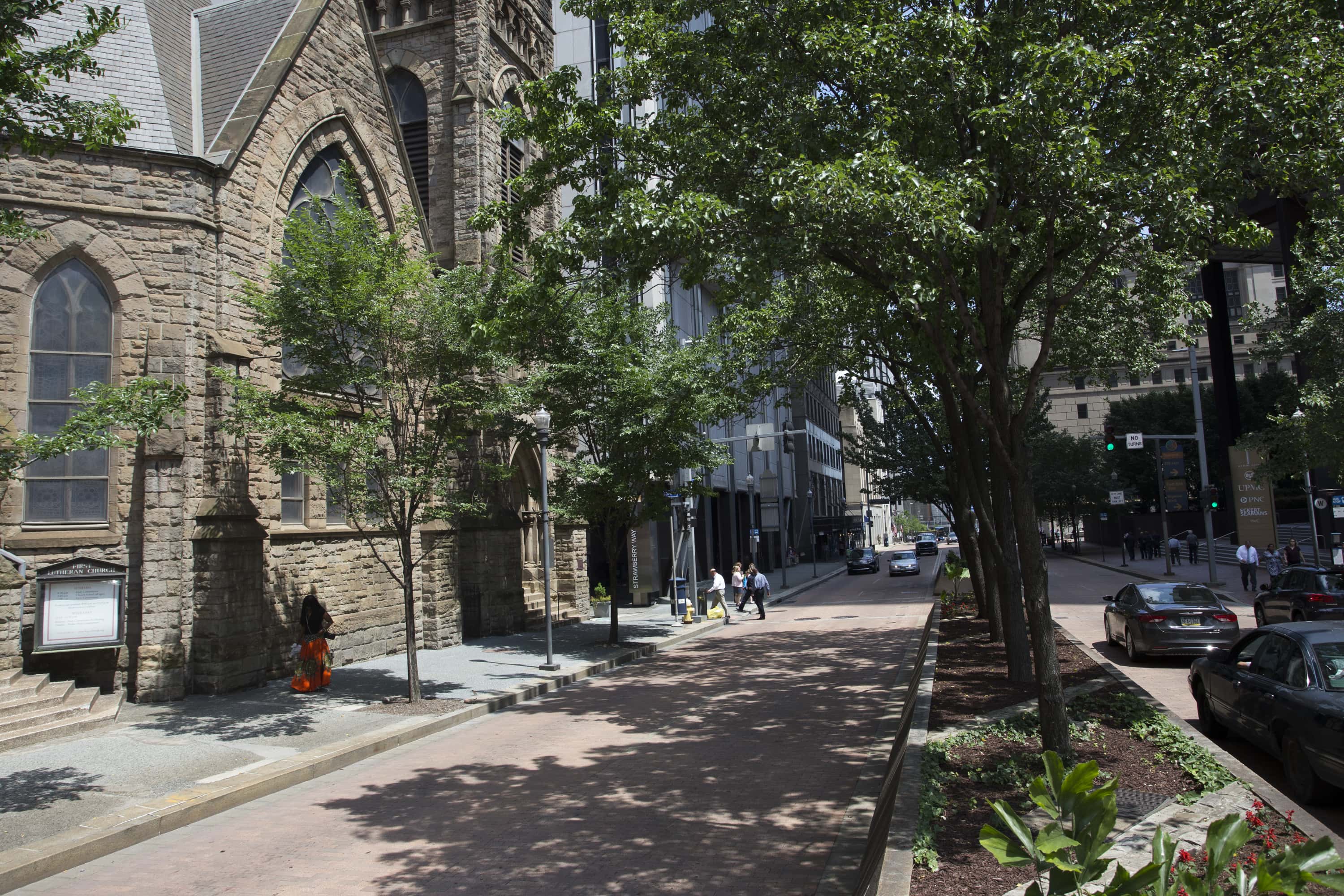



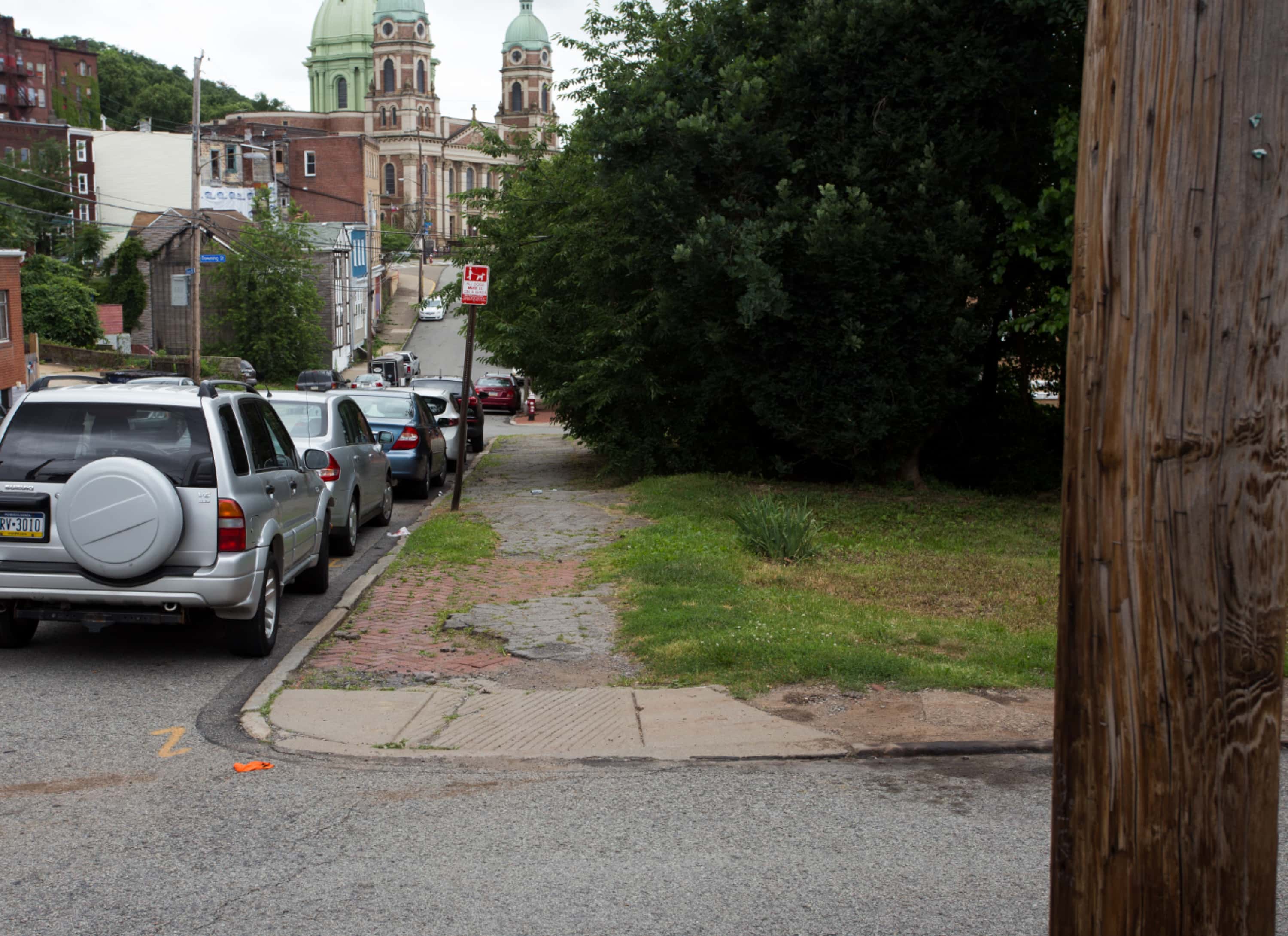

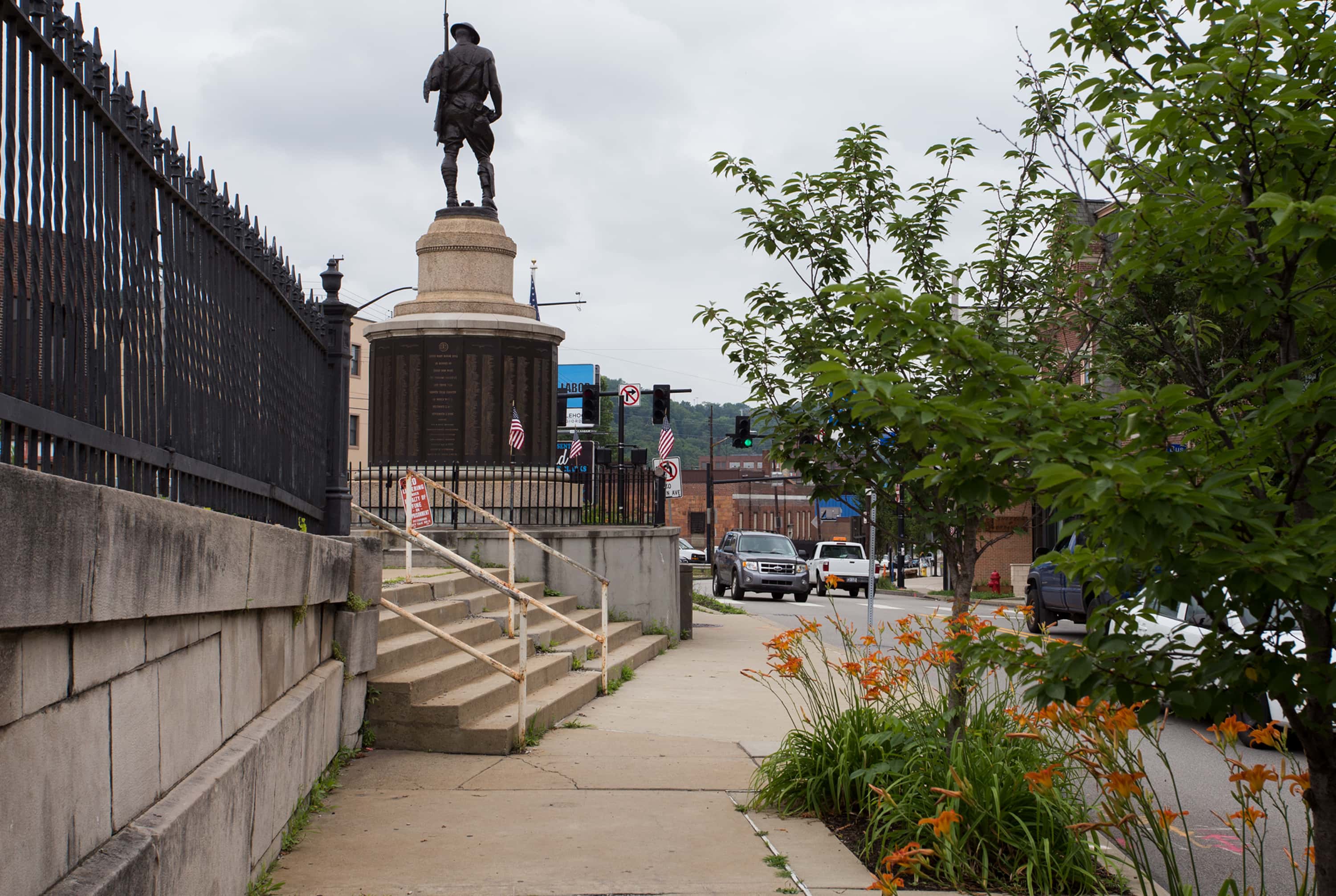
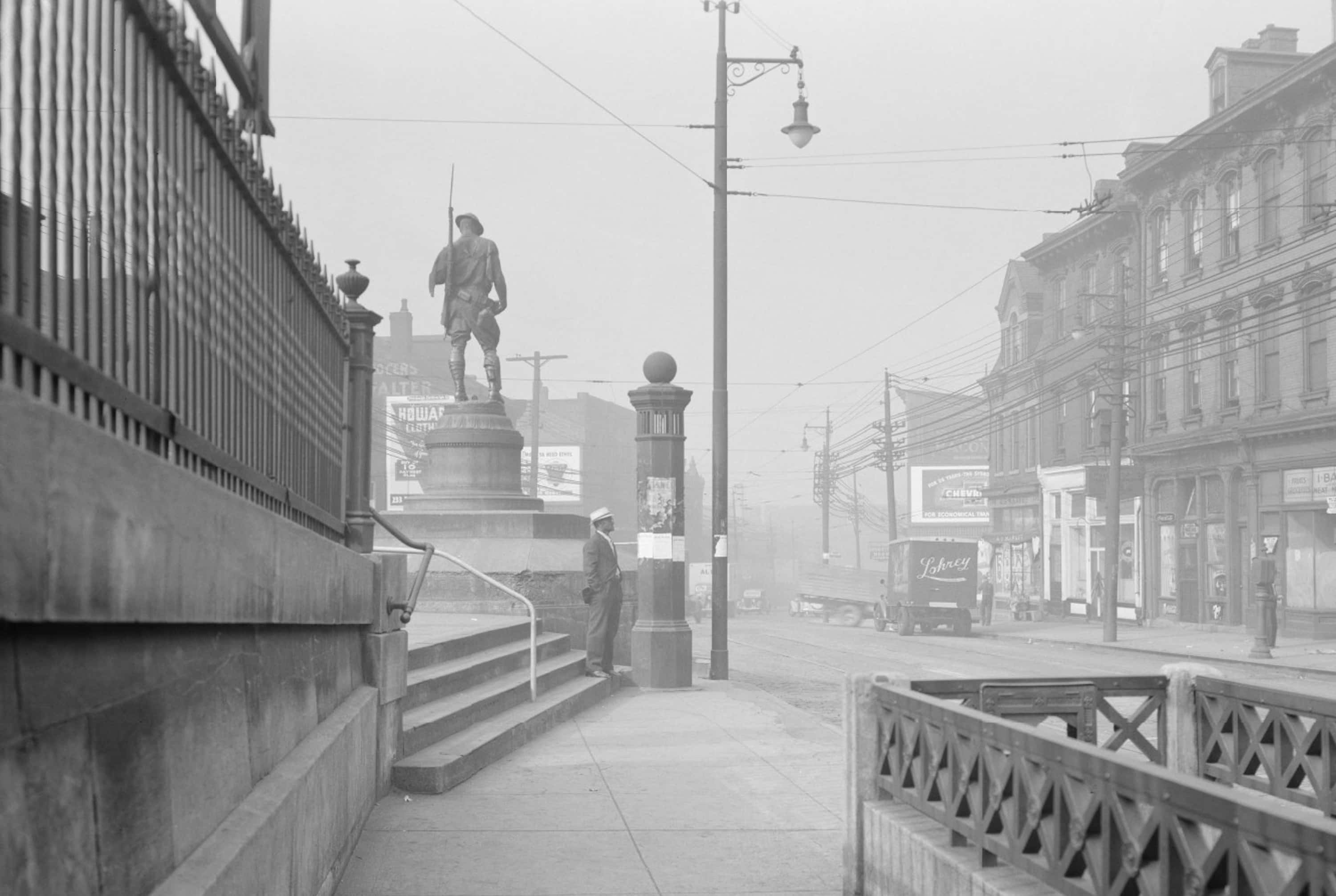
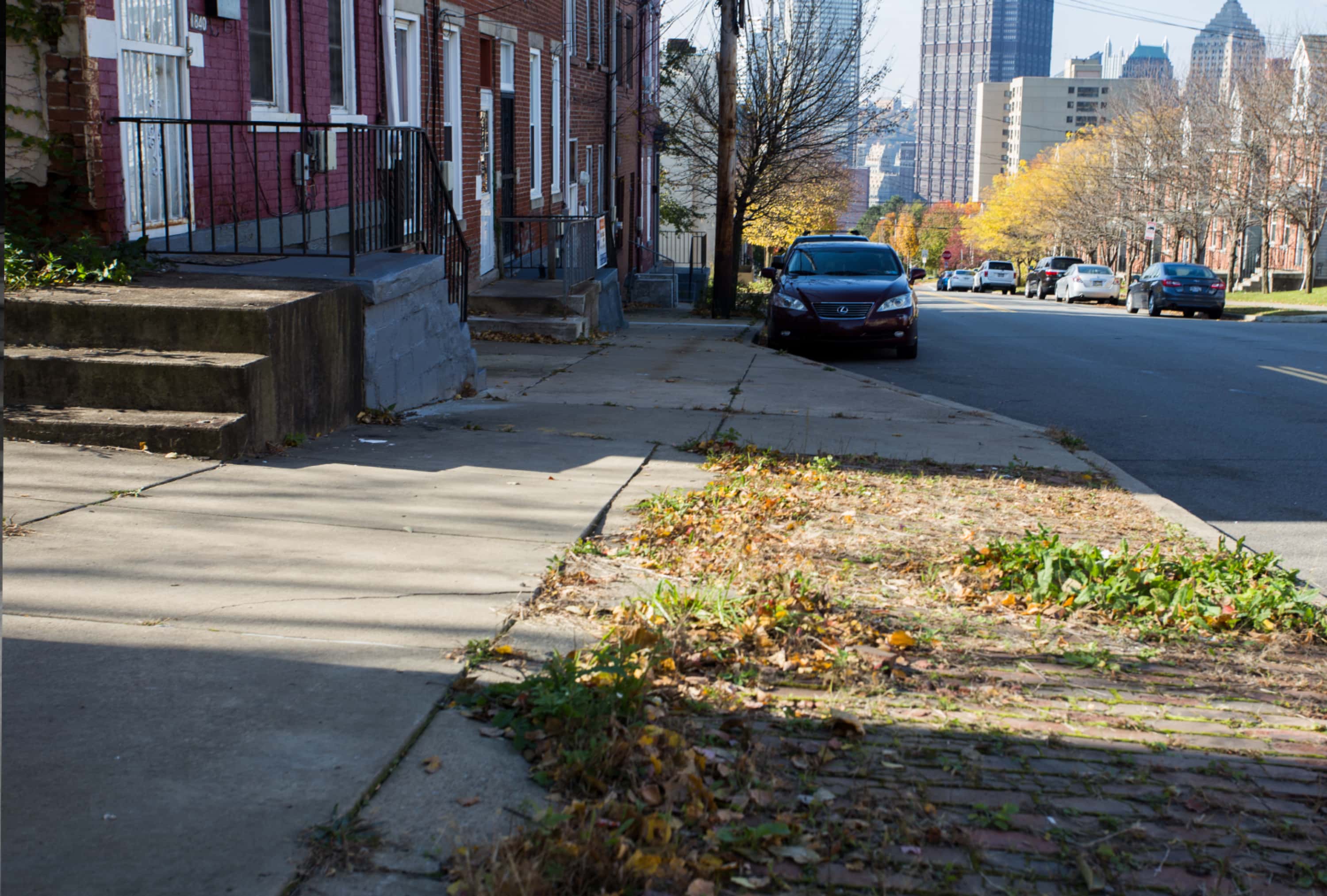
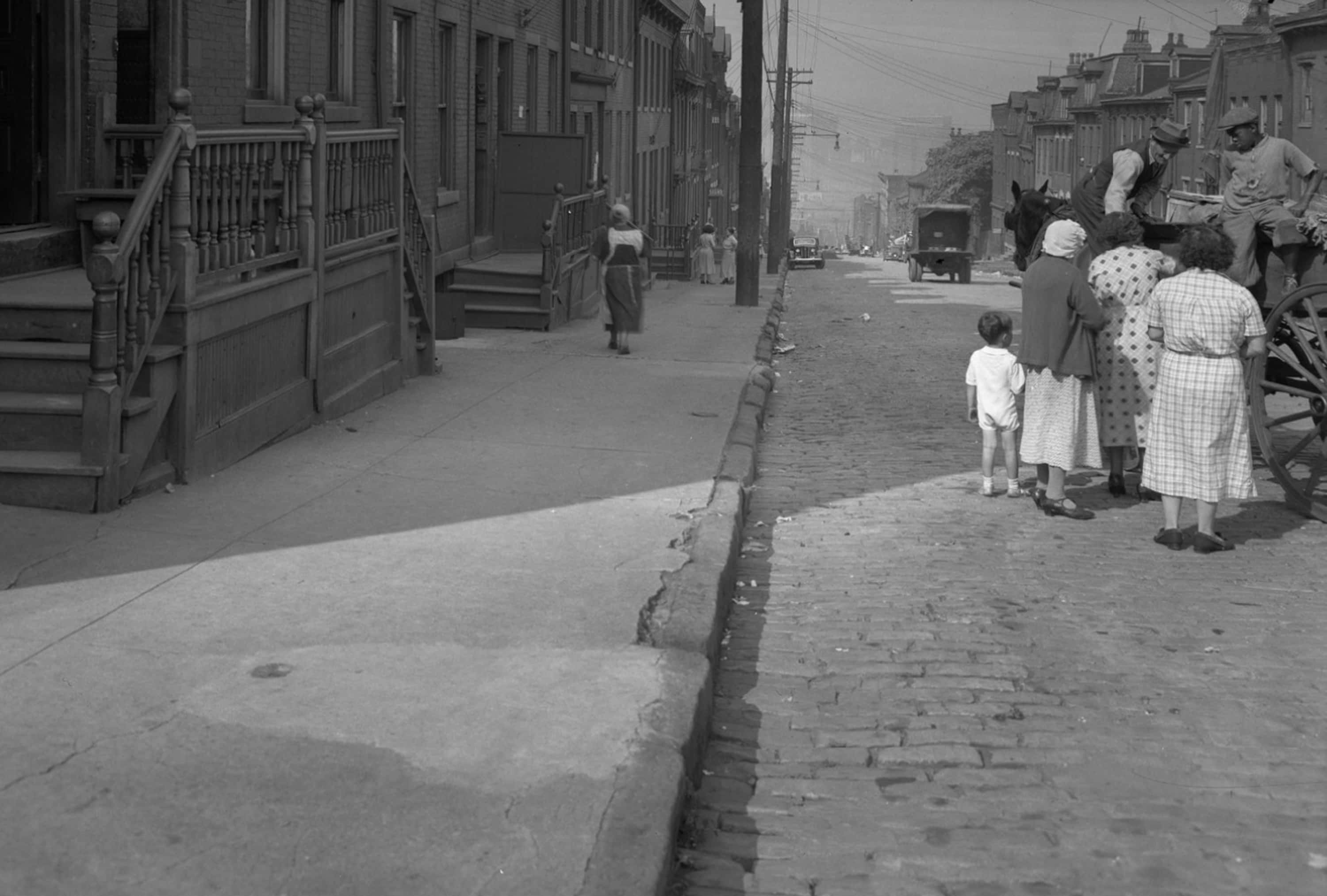
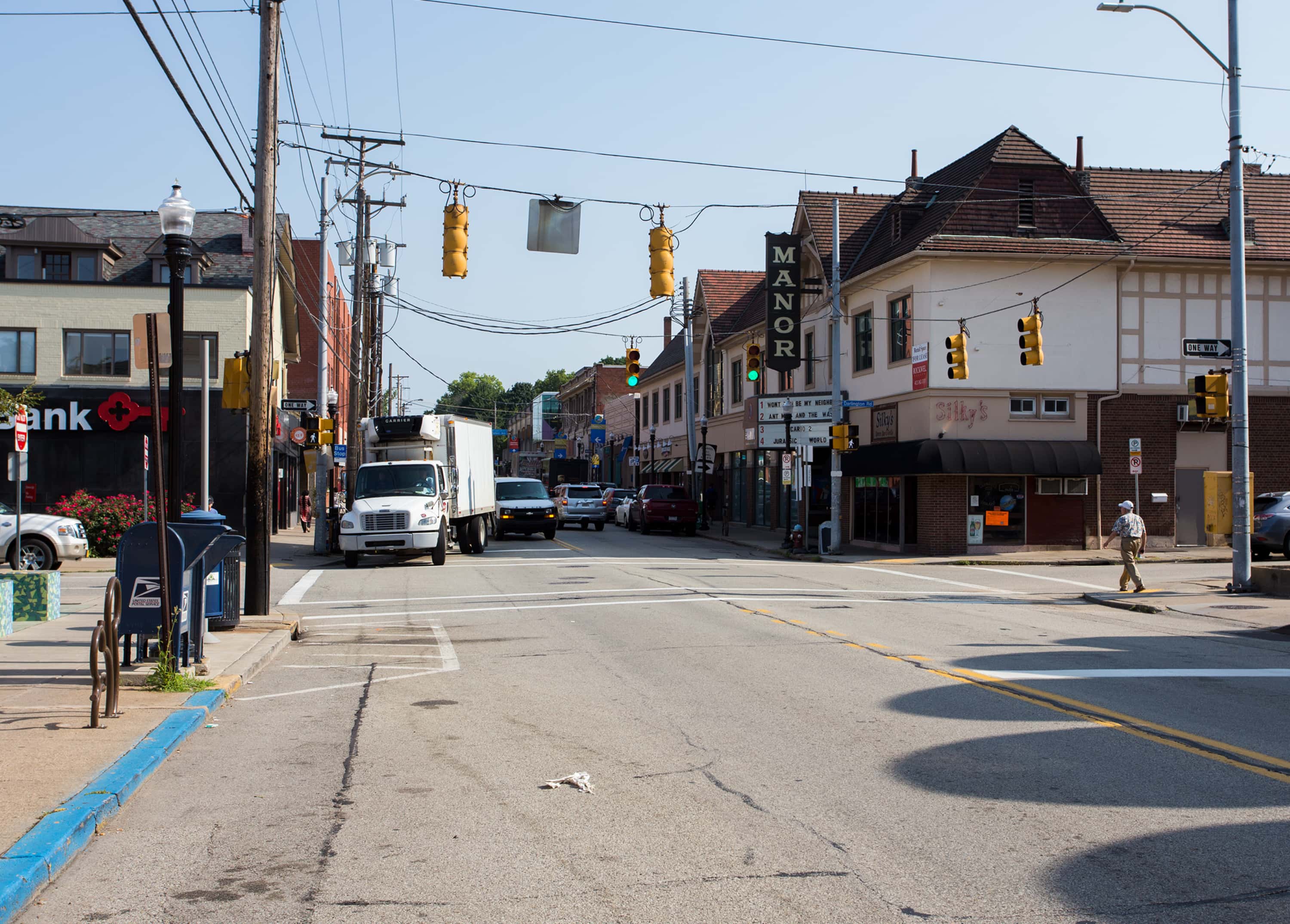
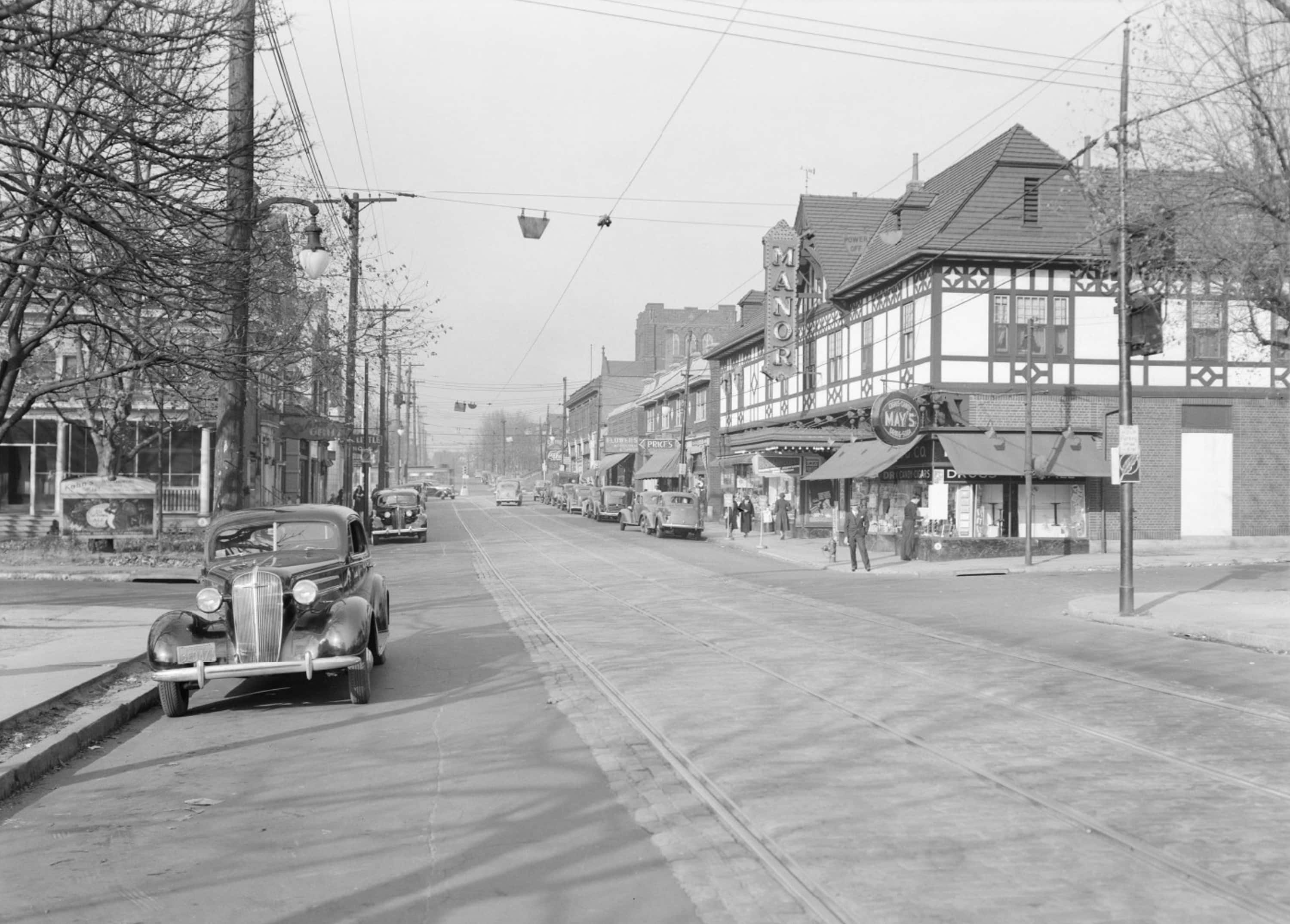
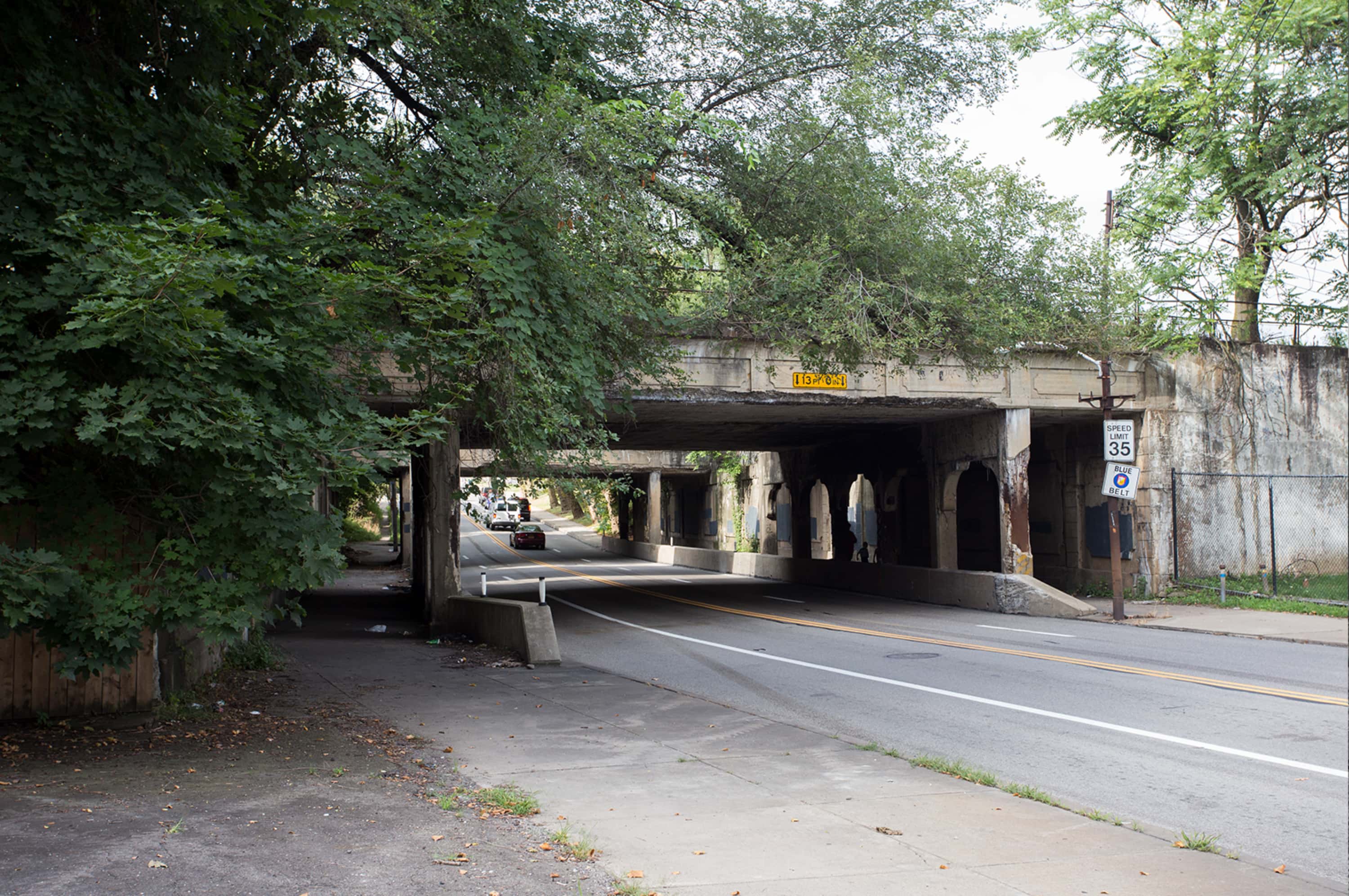
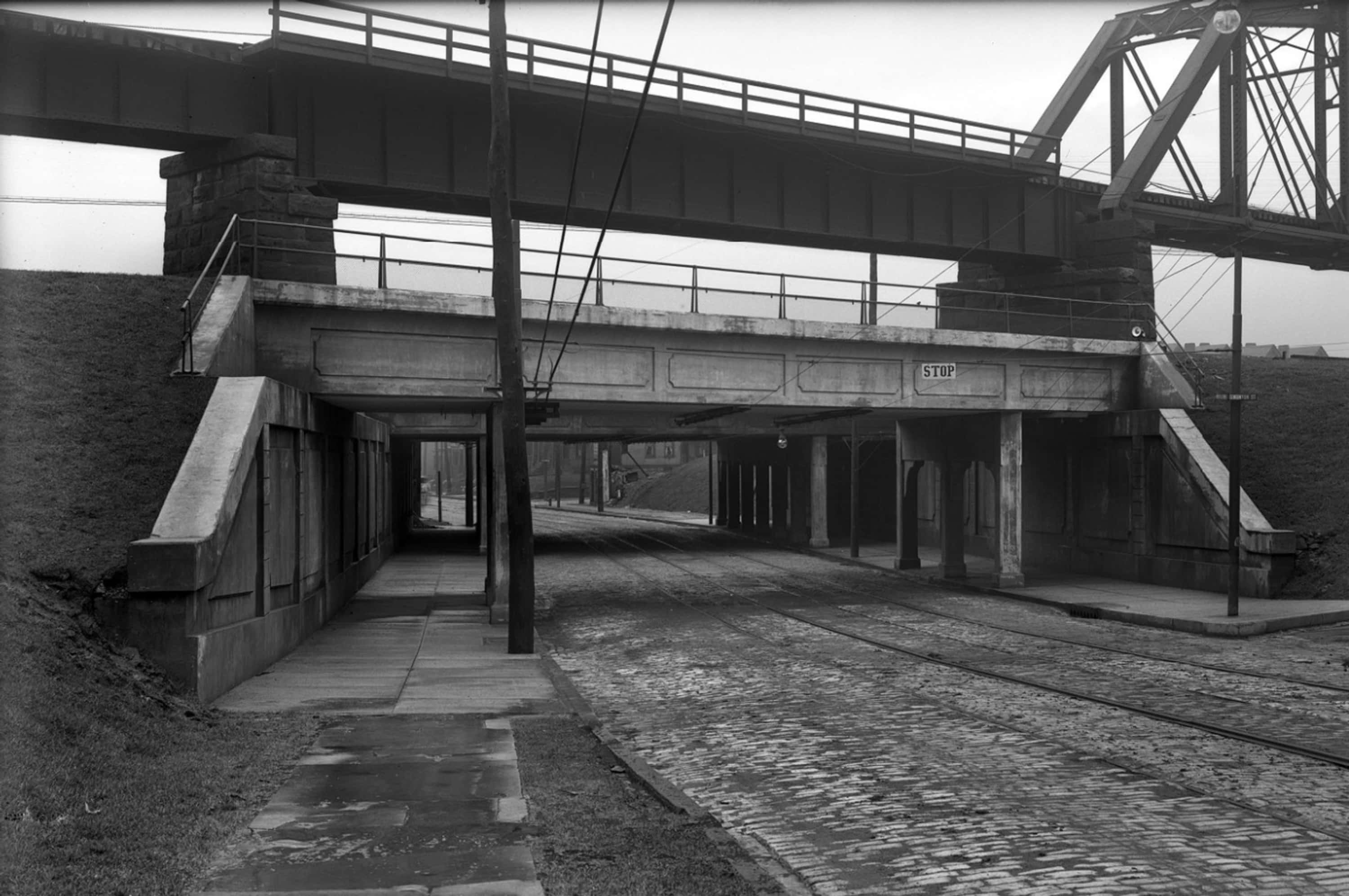
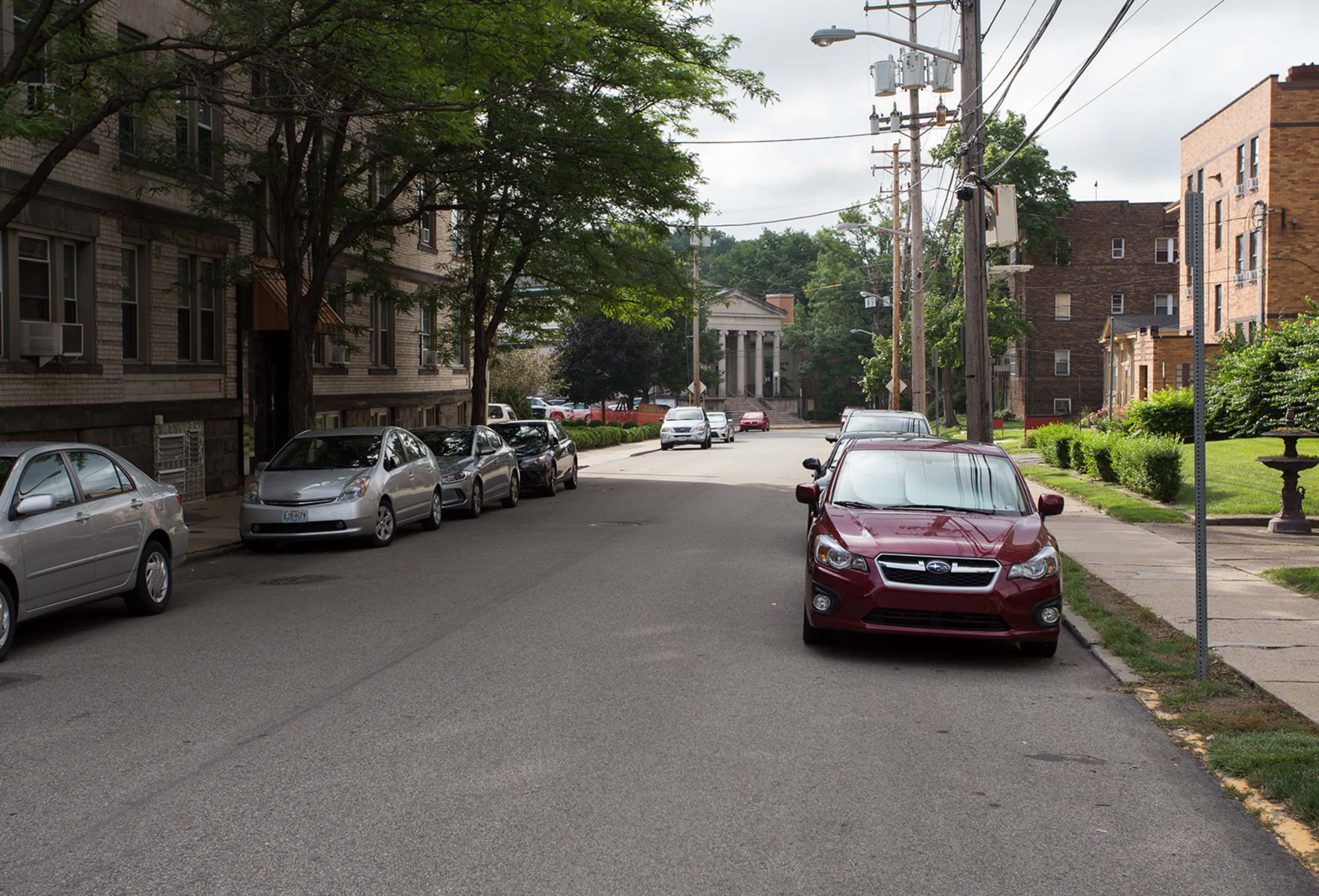
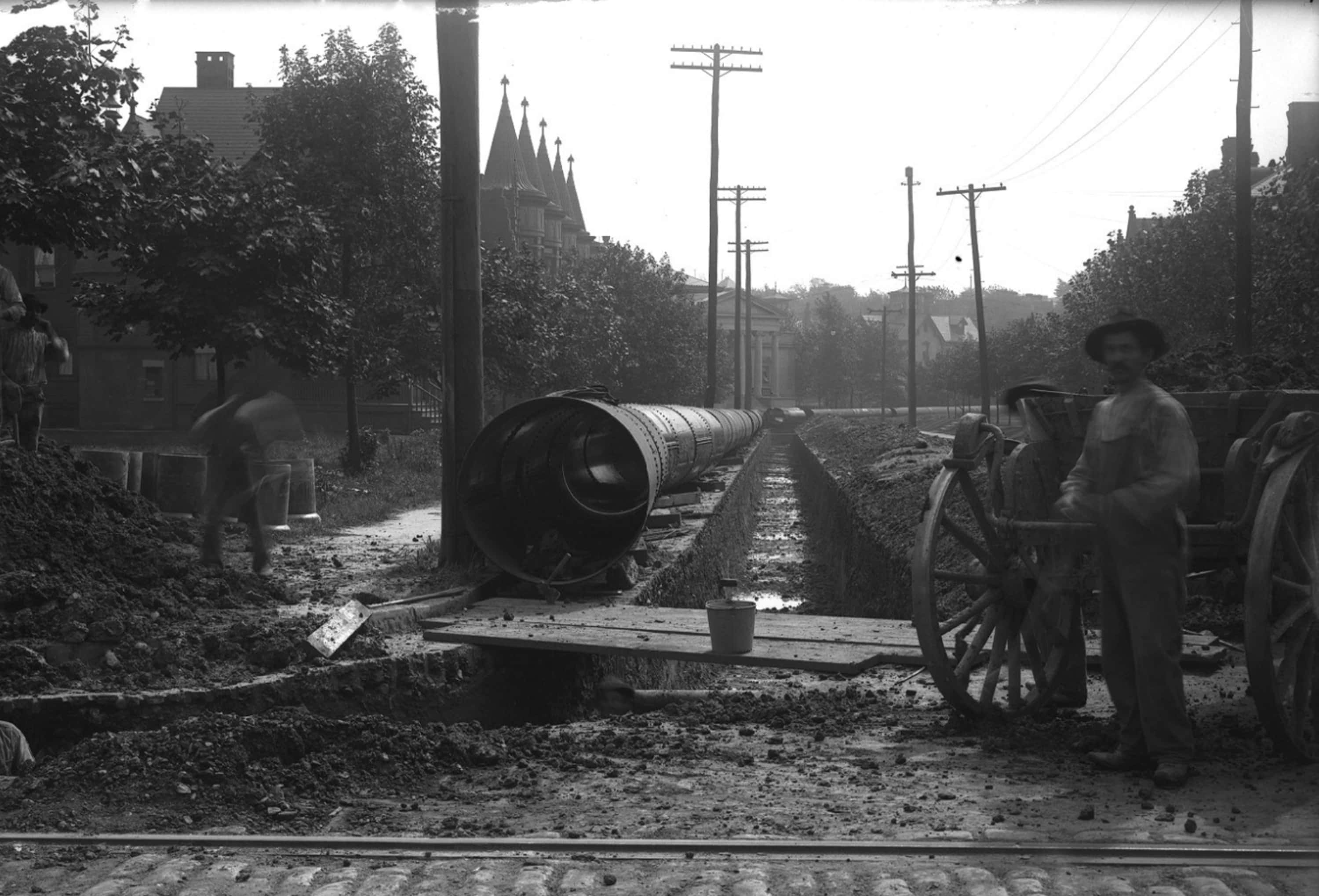
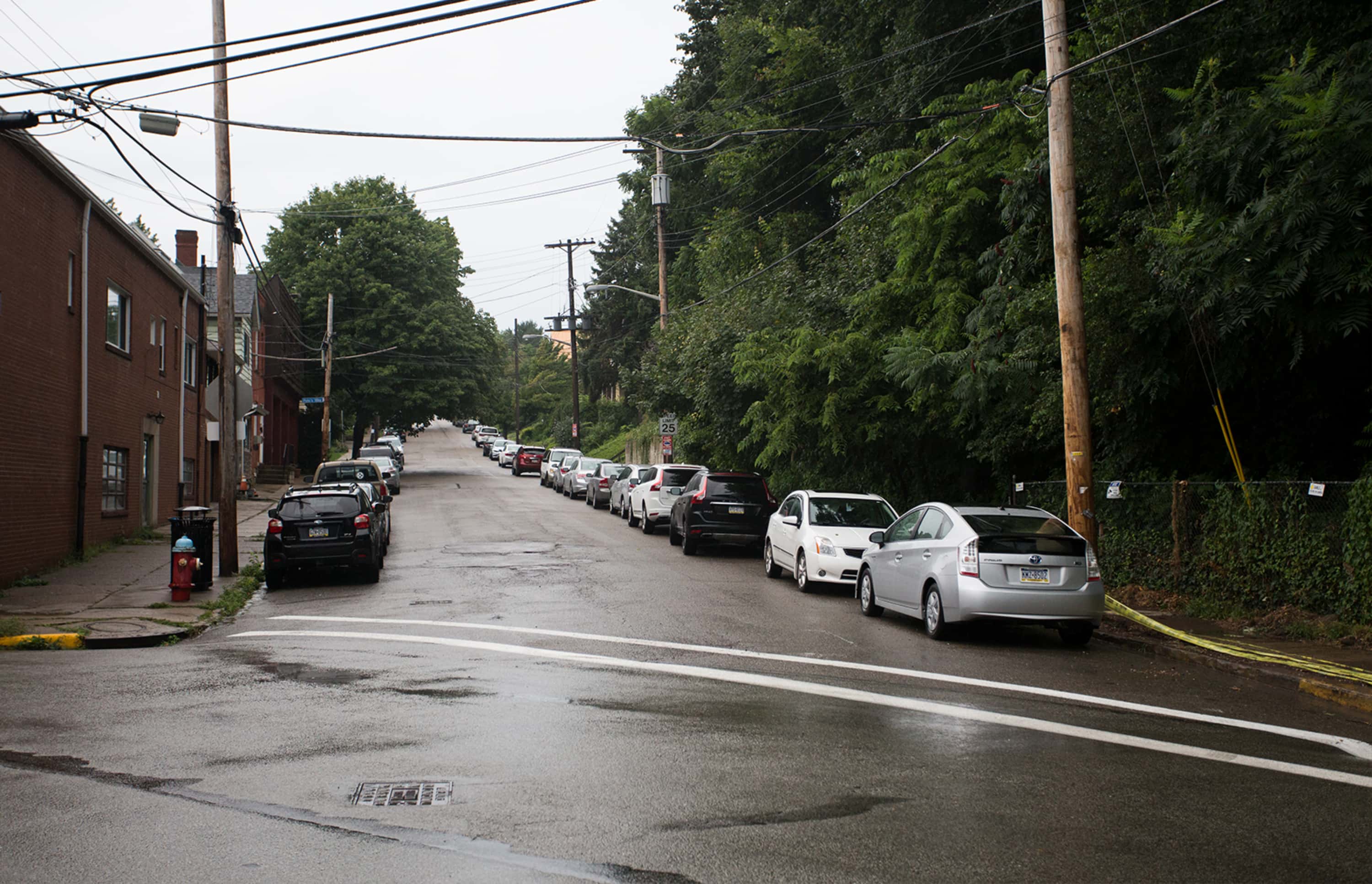
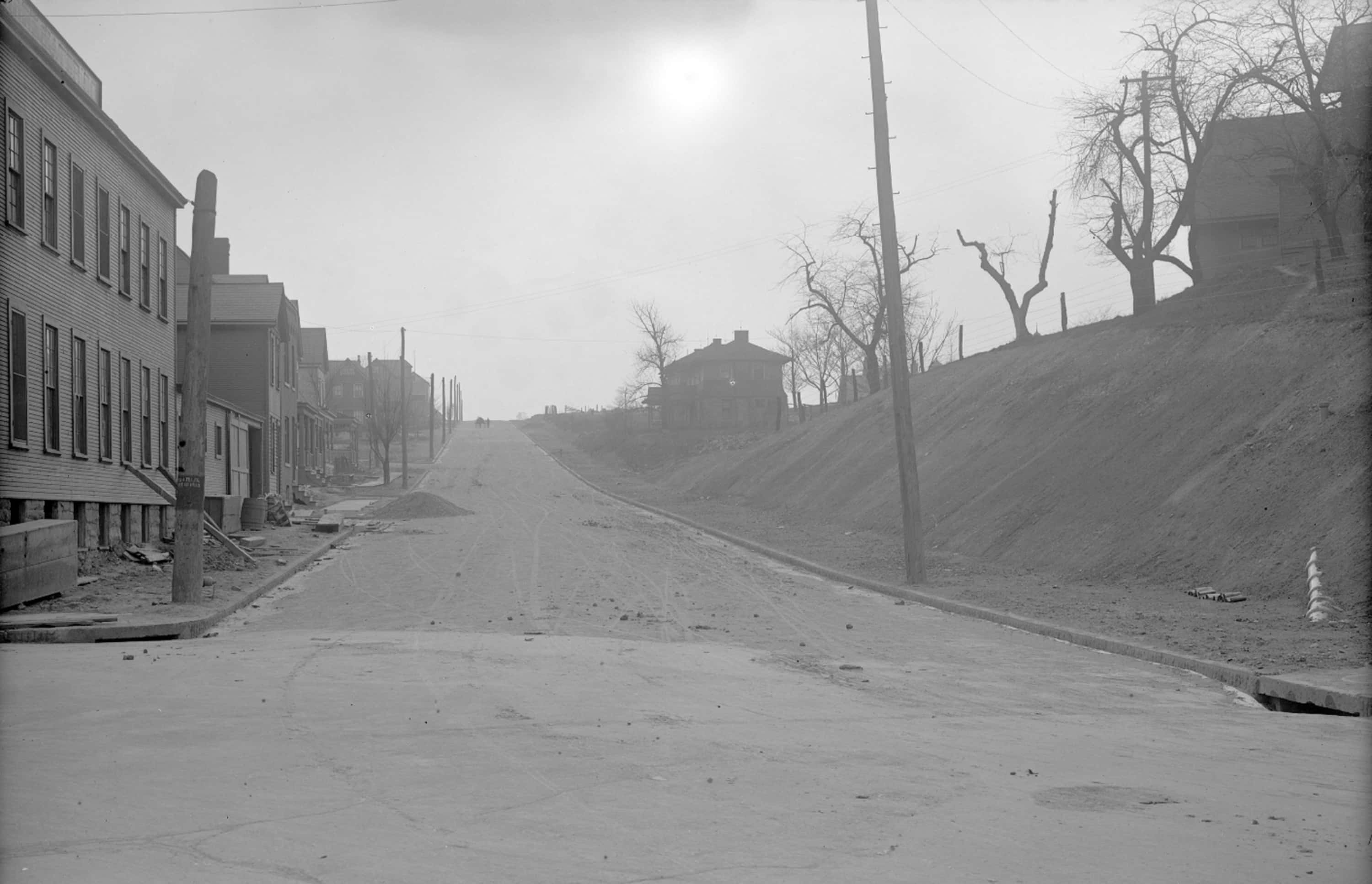

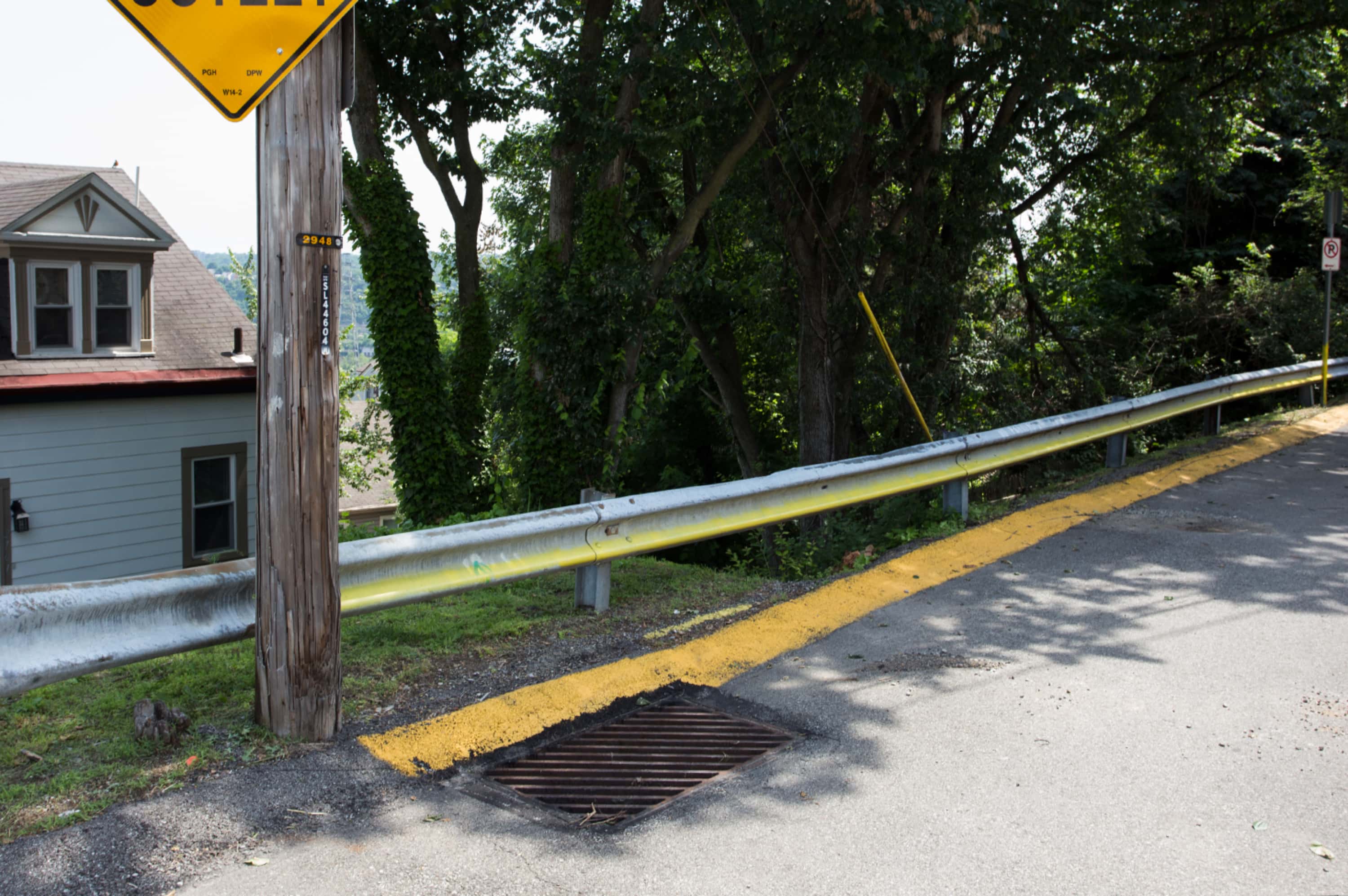
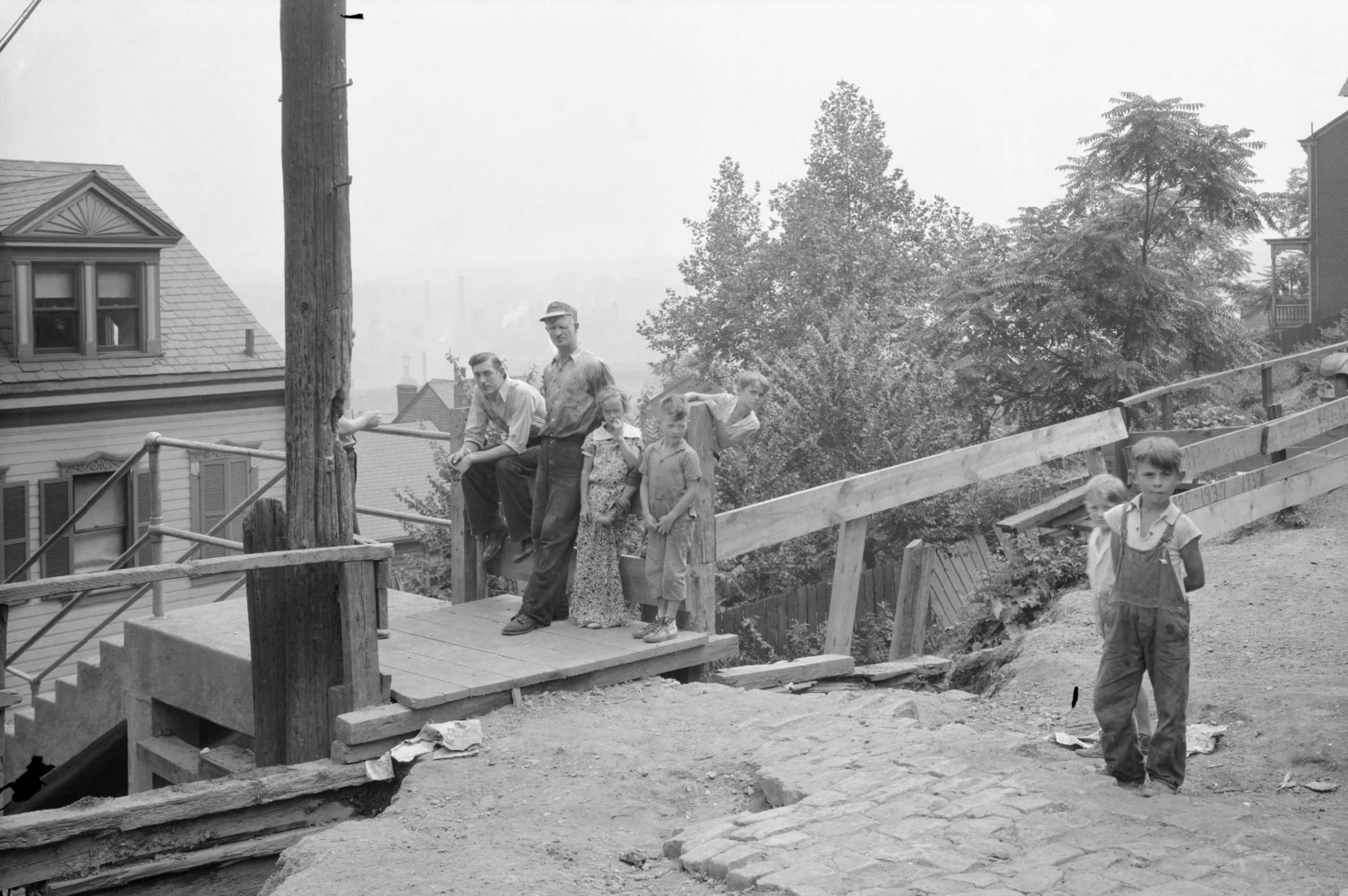
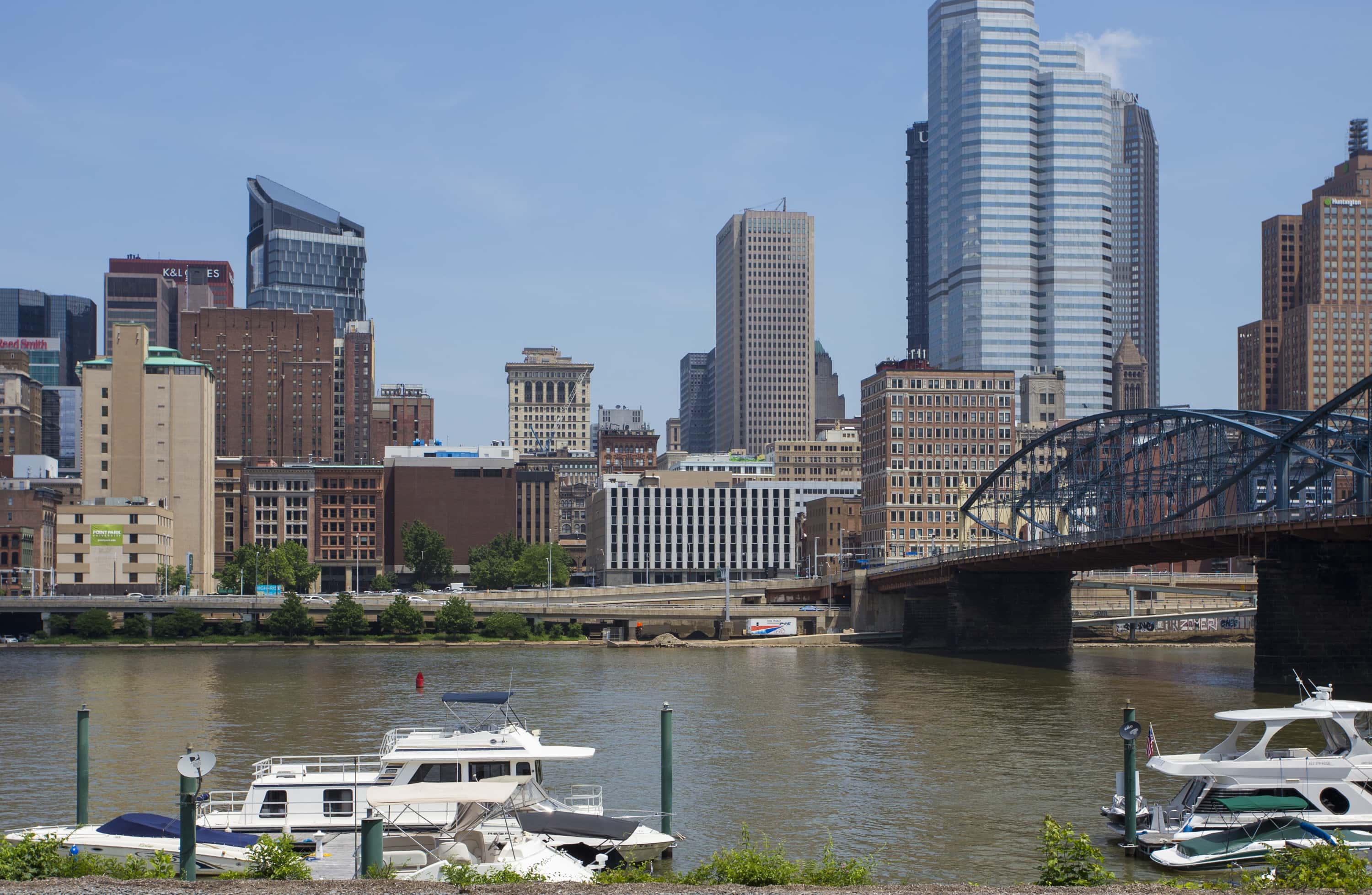

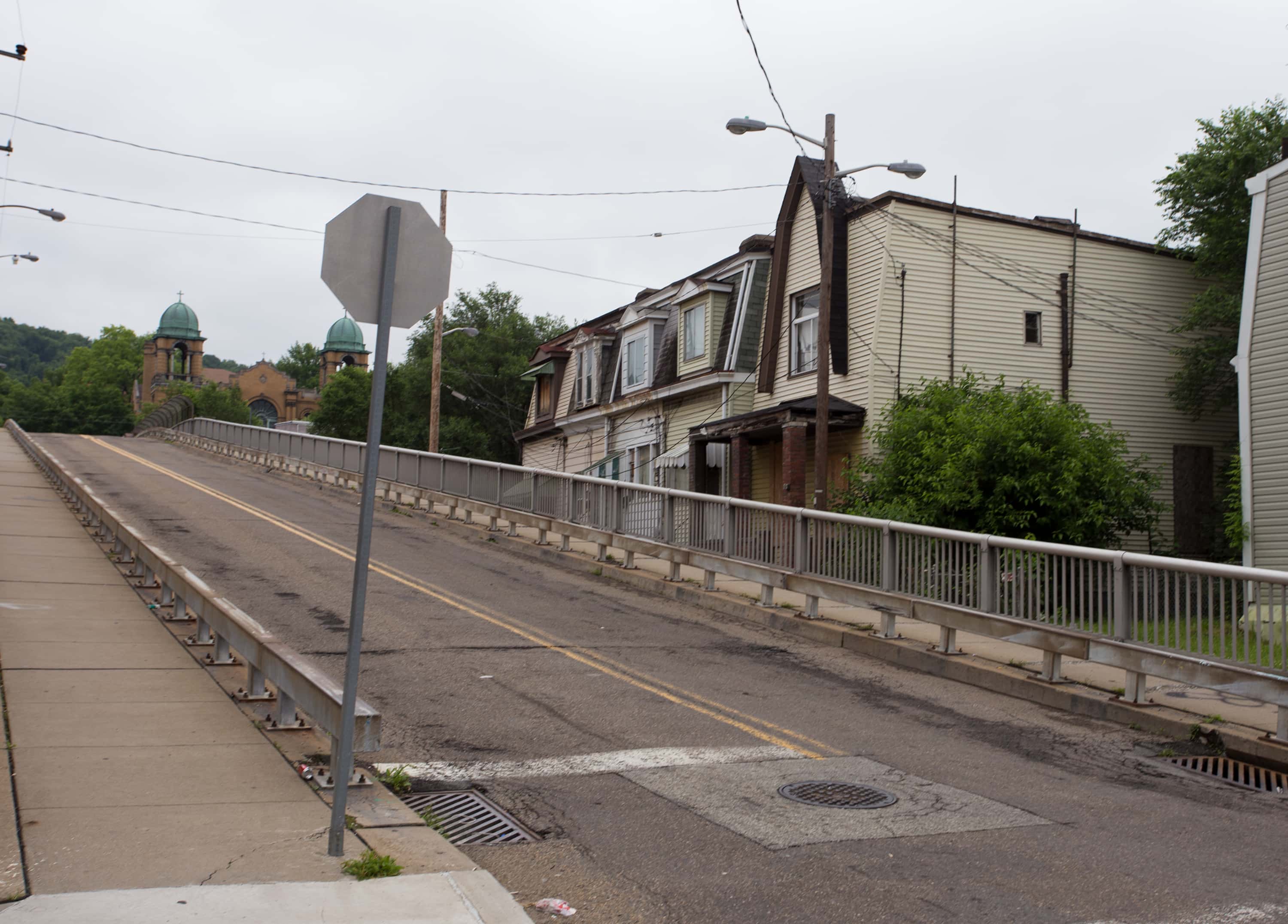
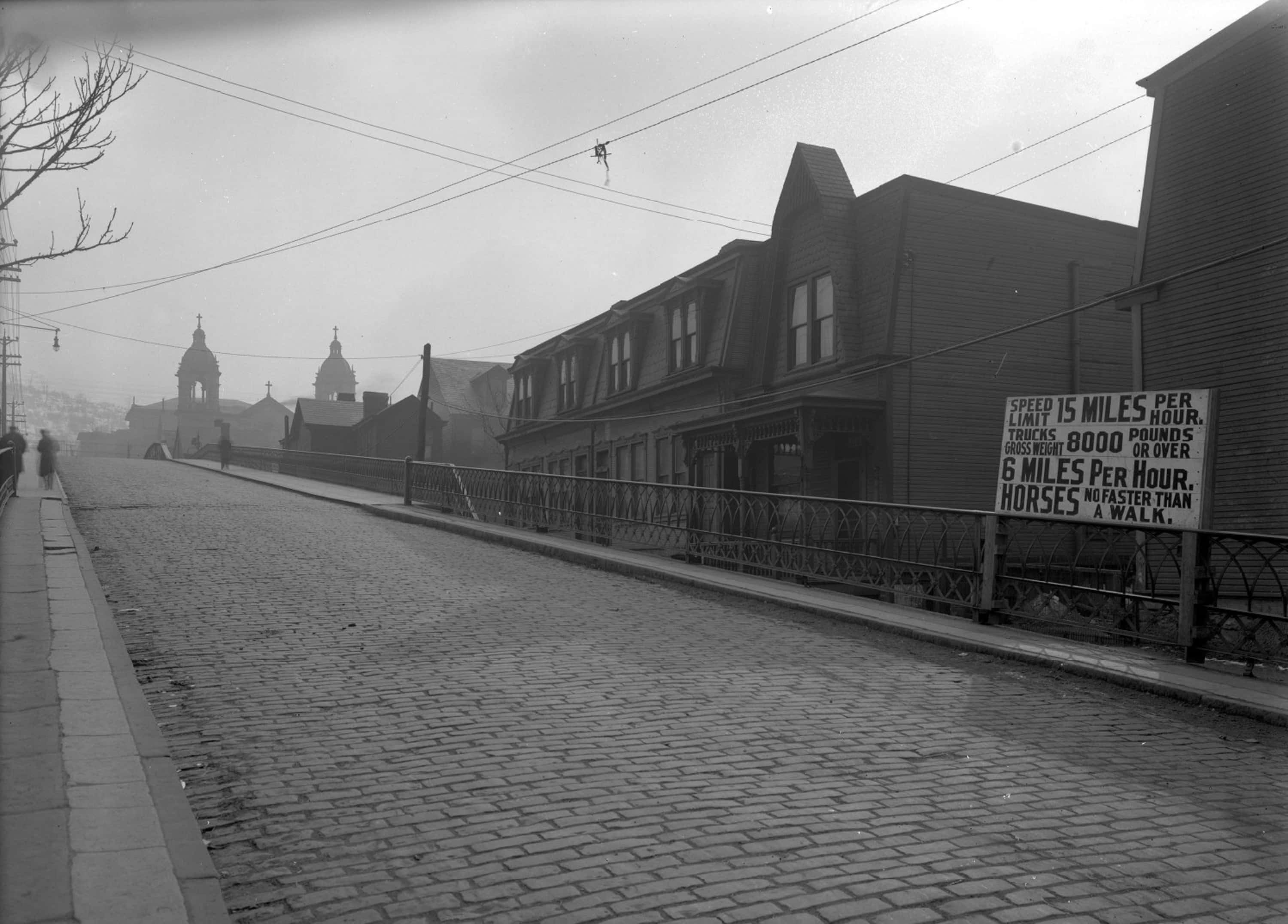

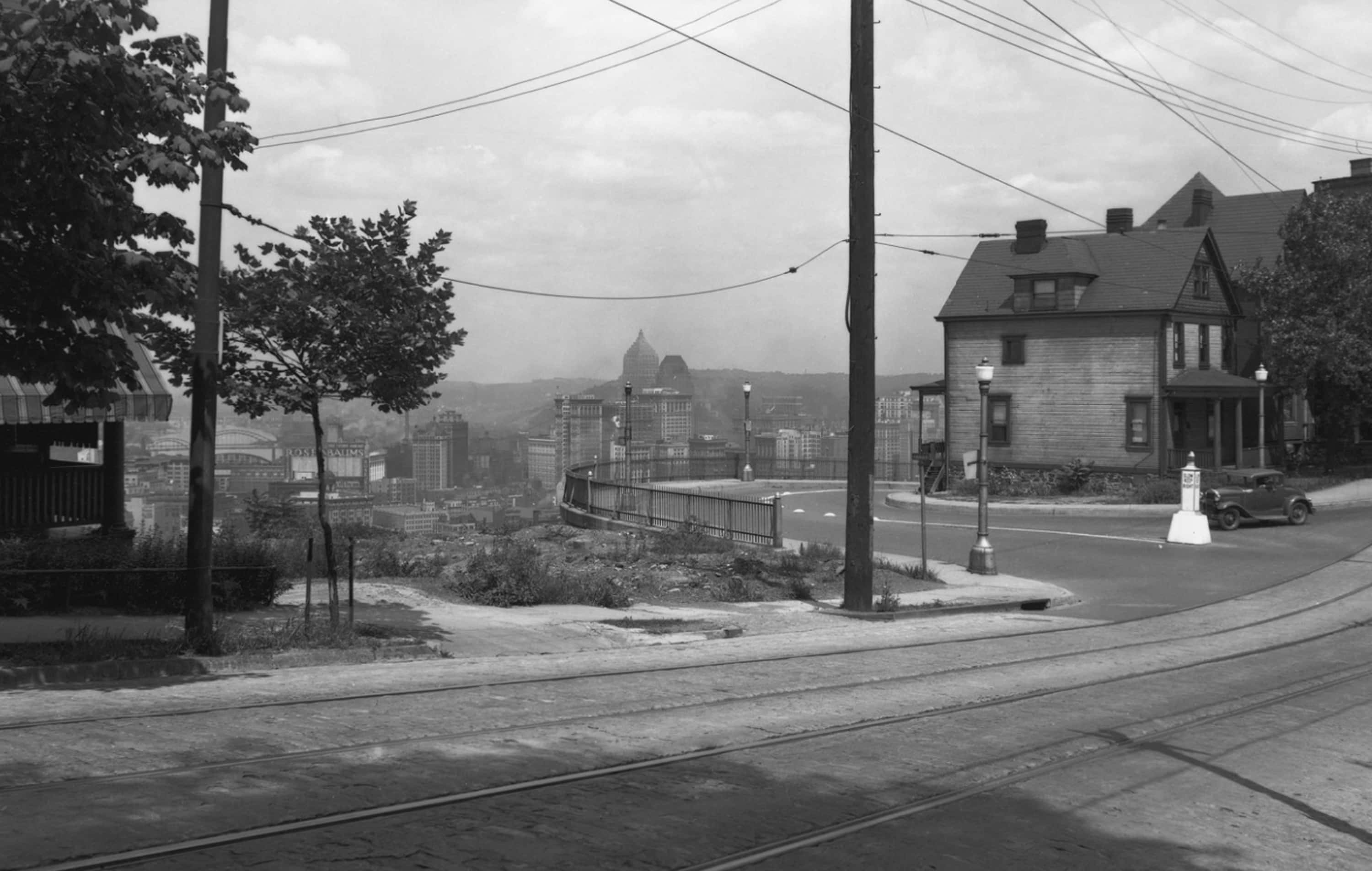
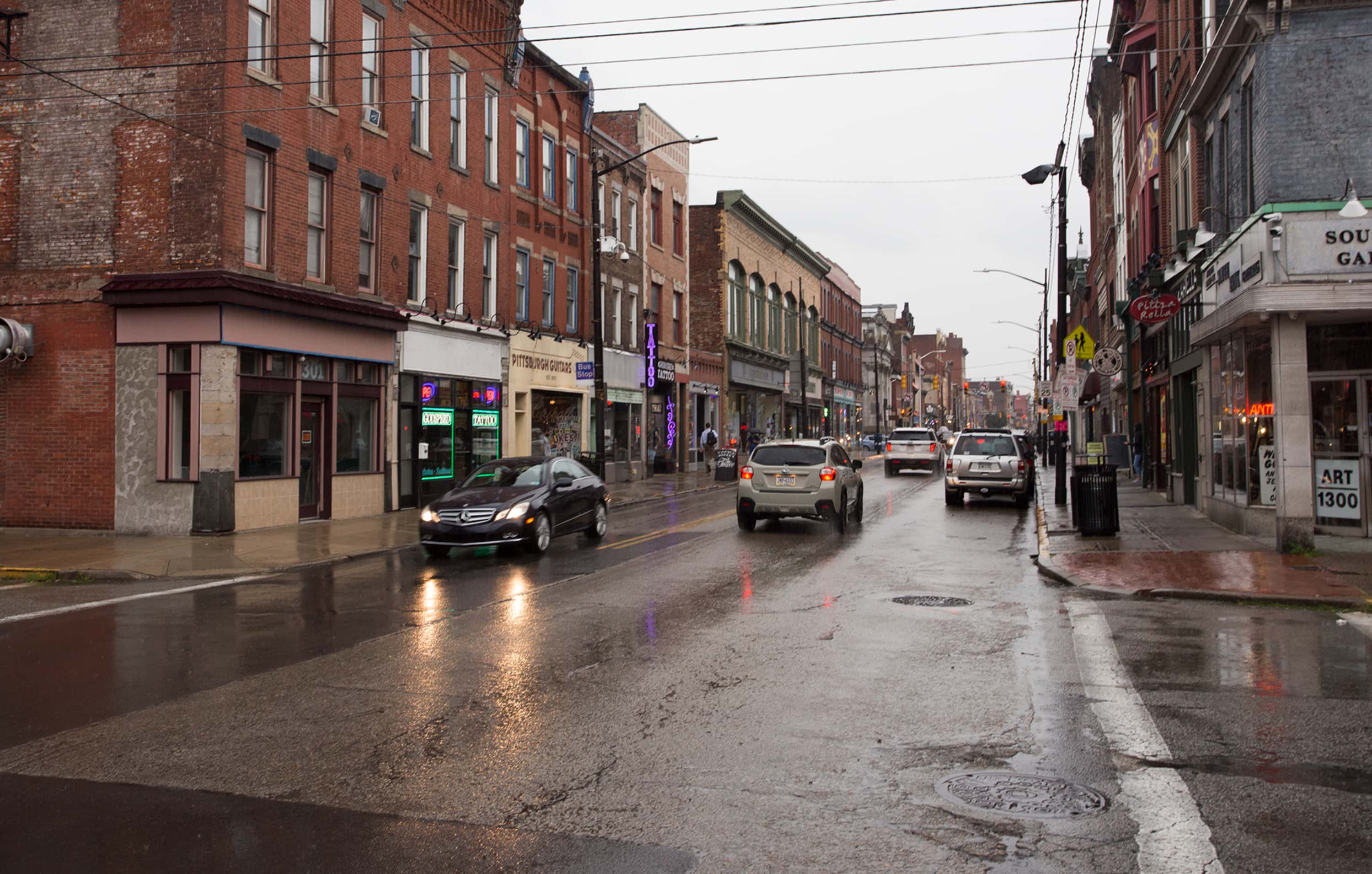

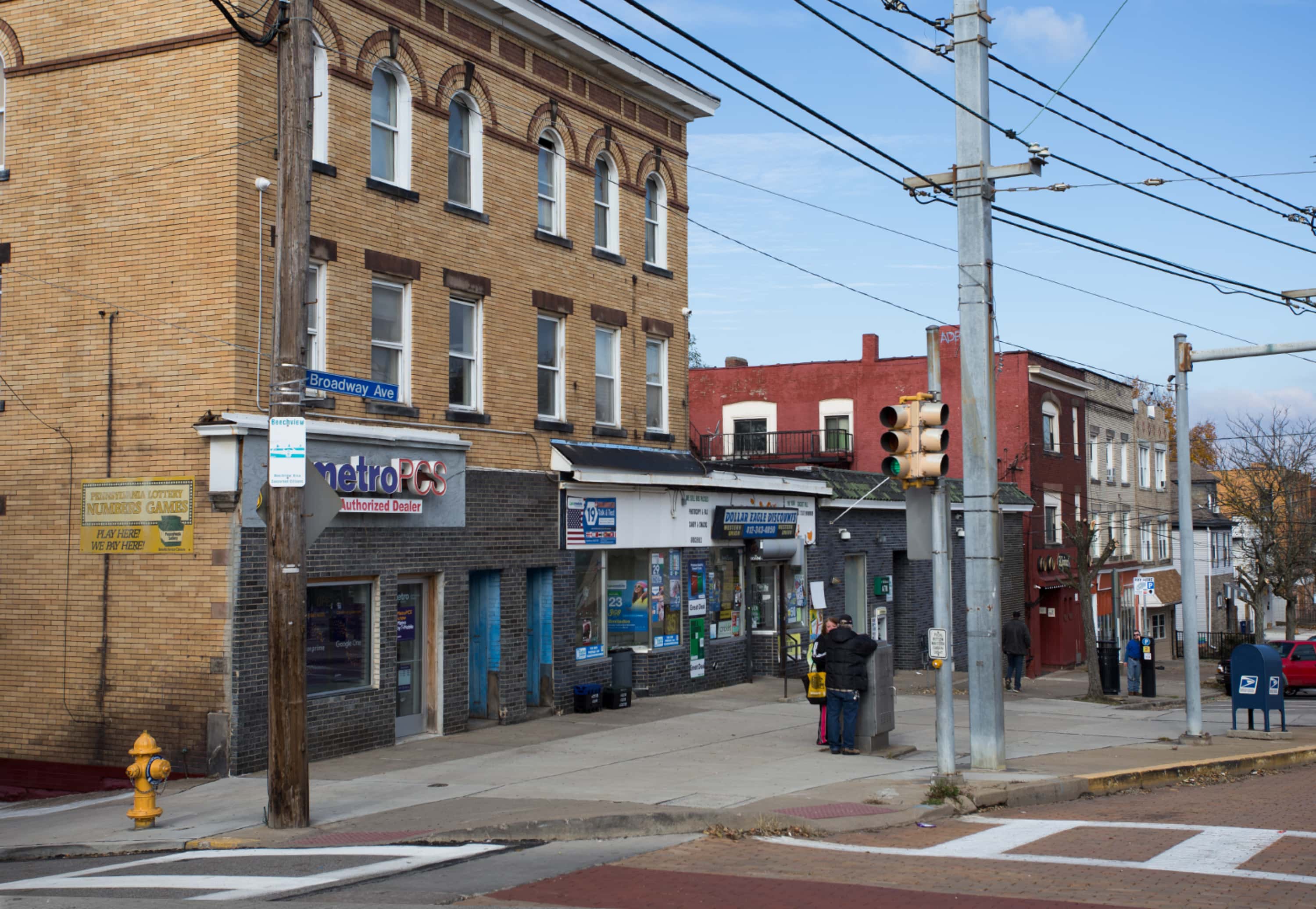
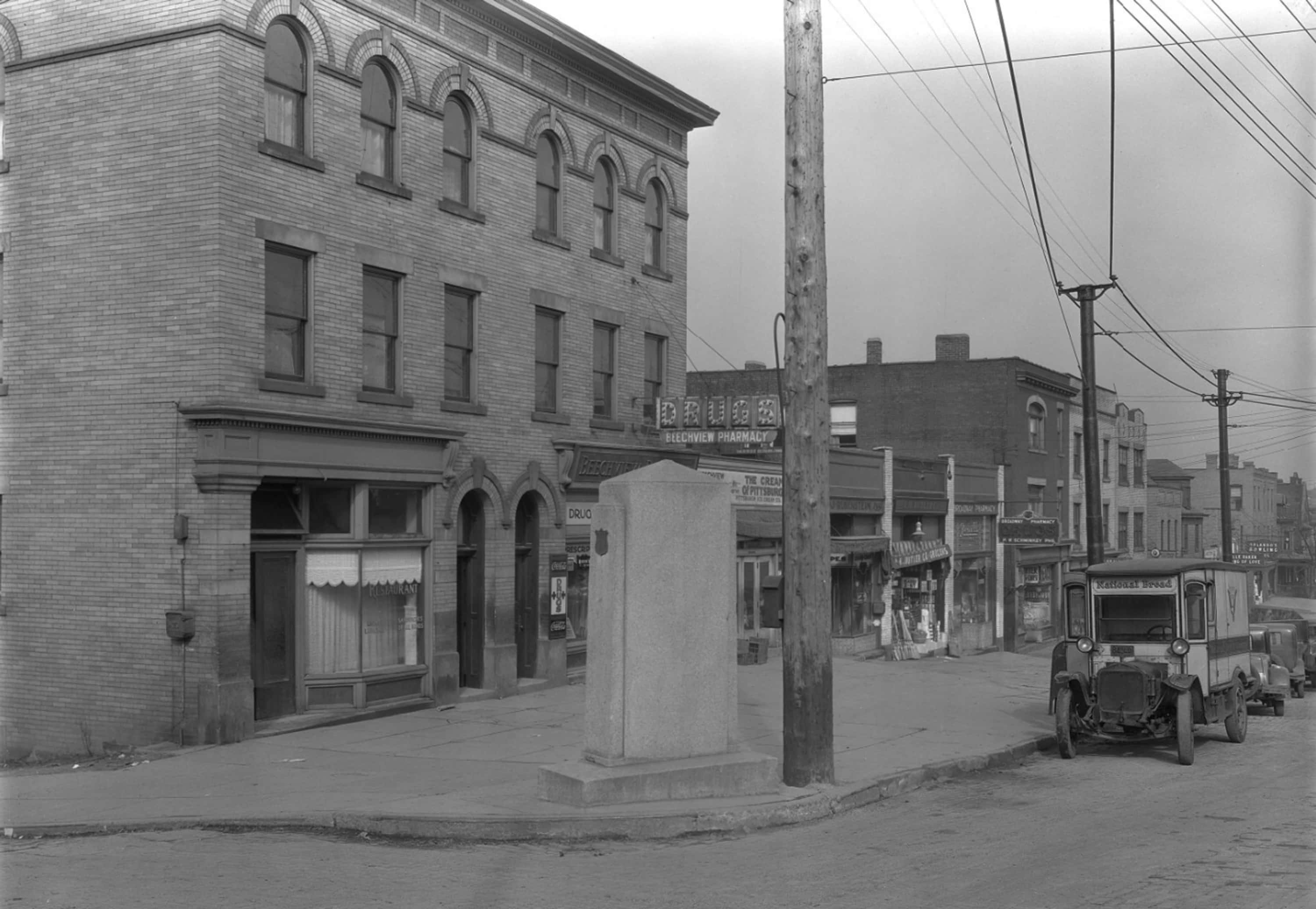
Comments
Login Register Logout